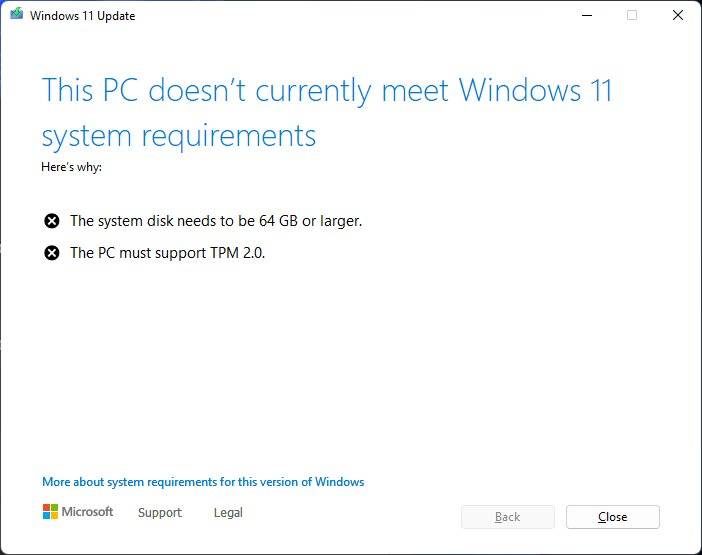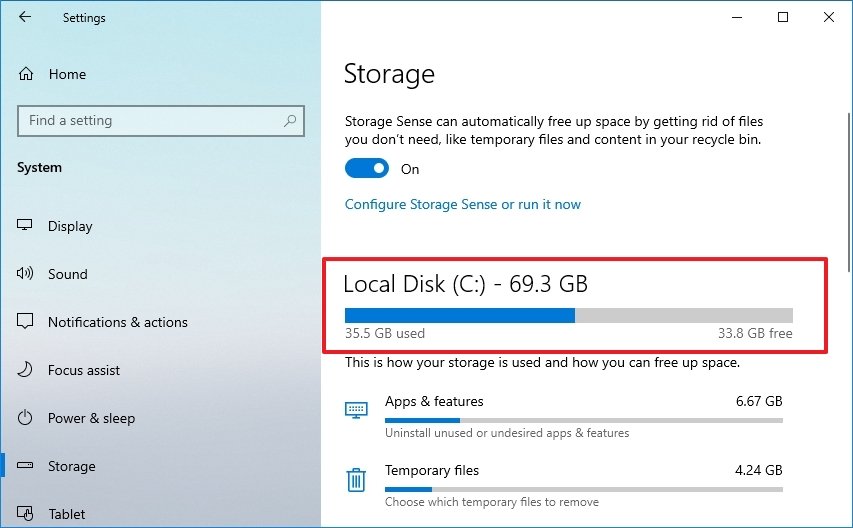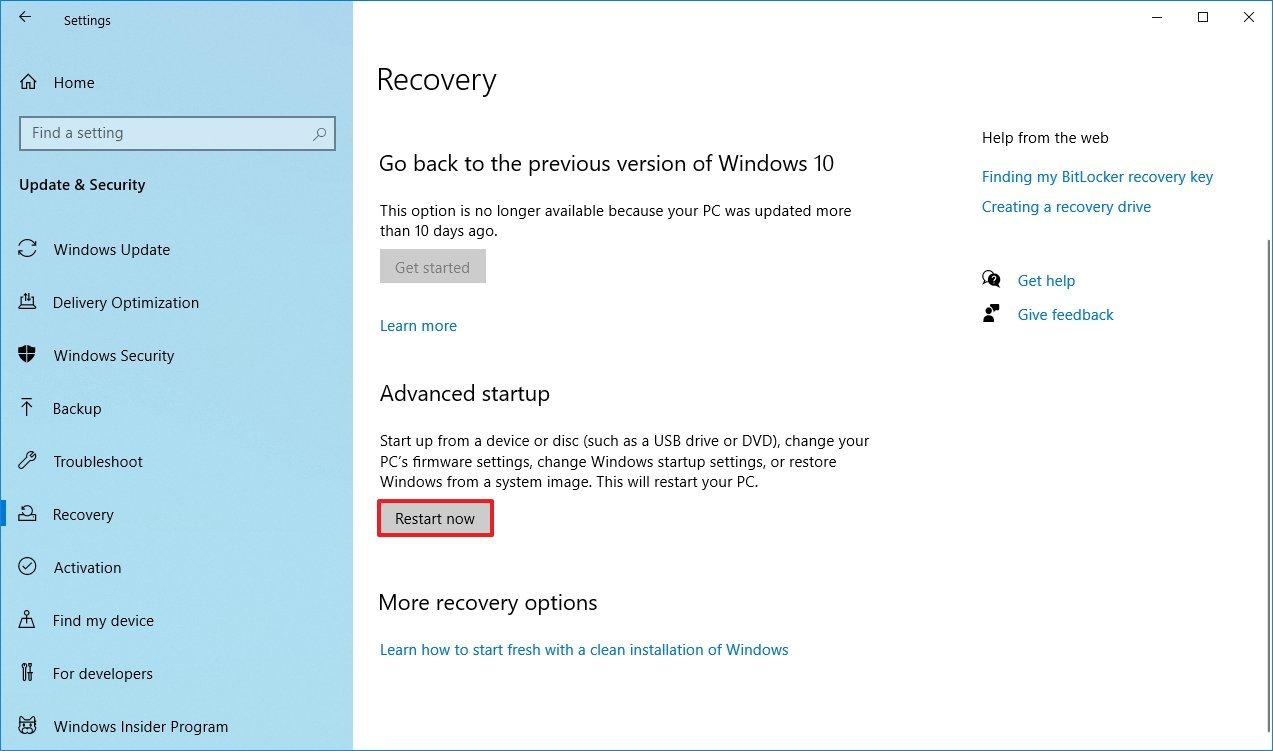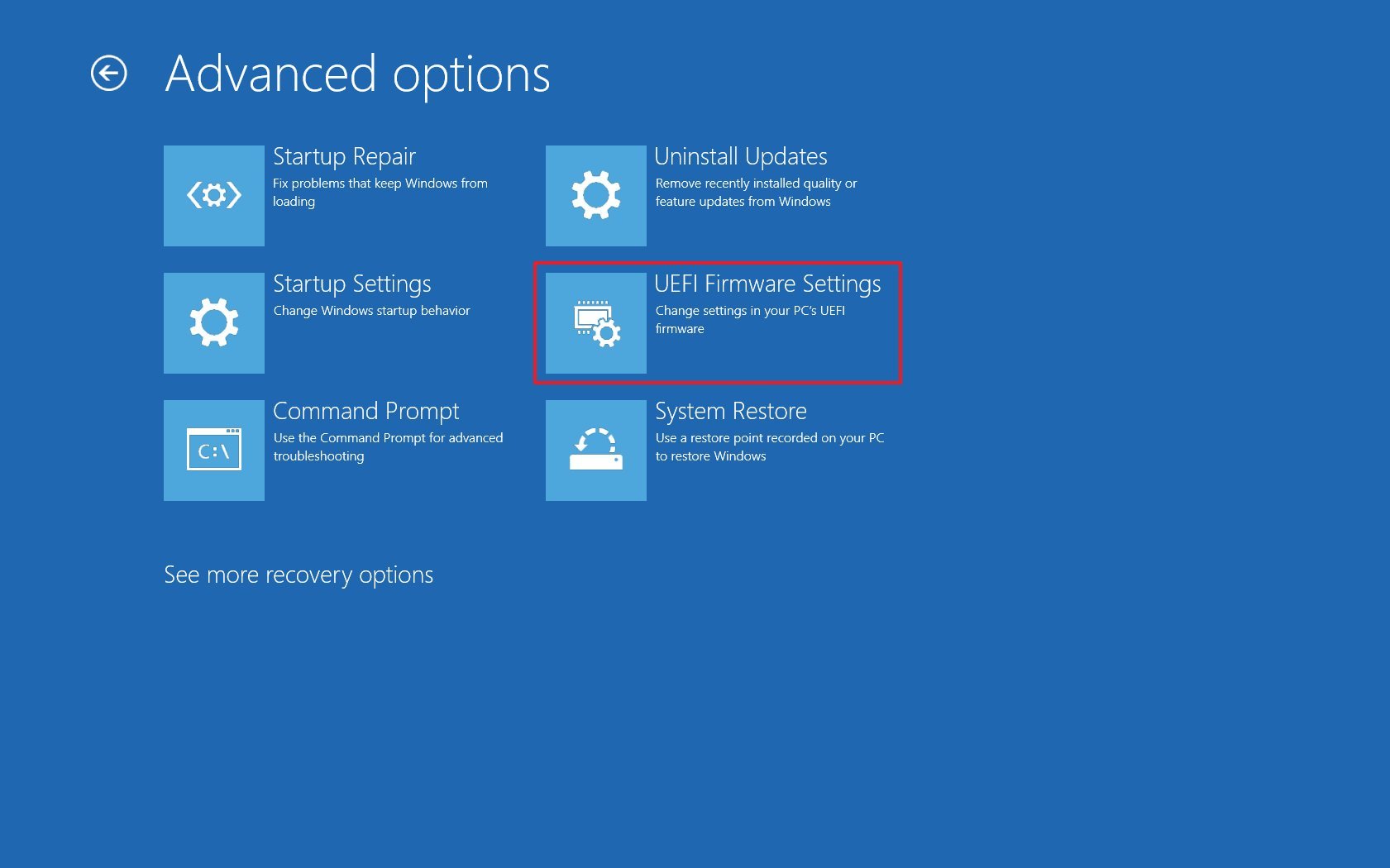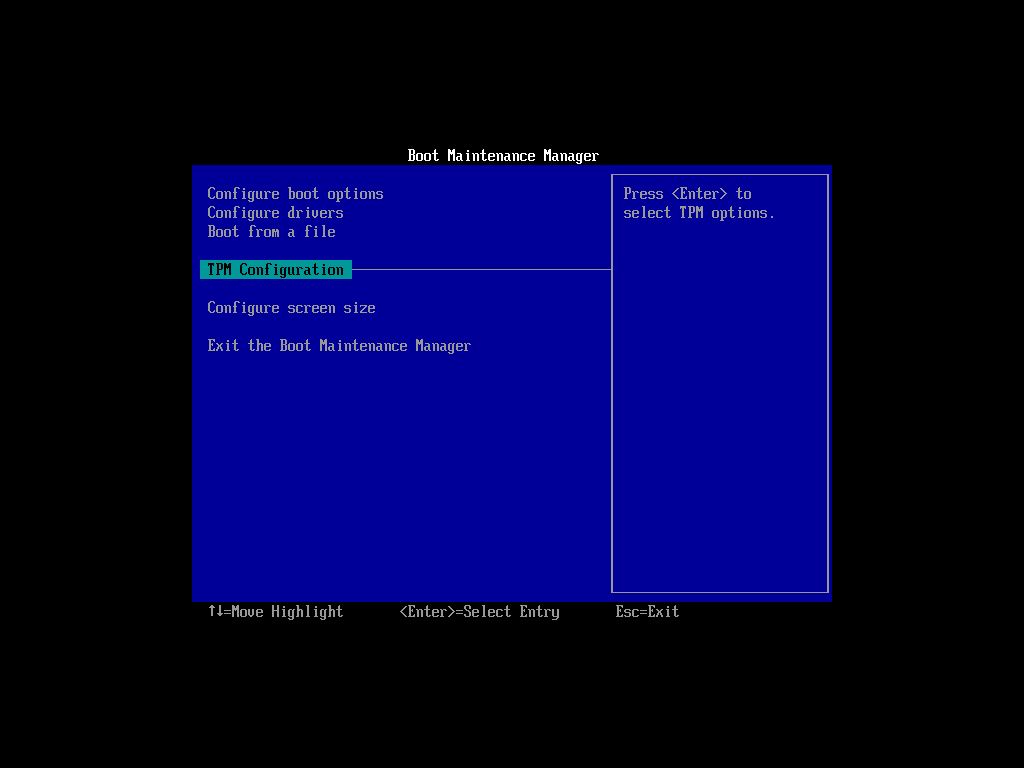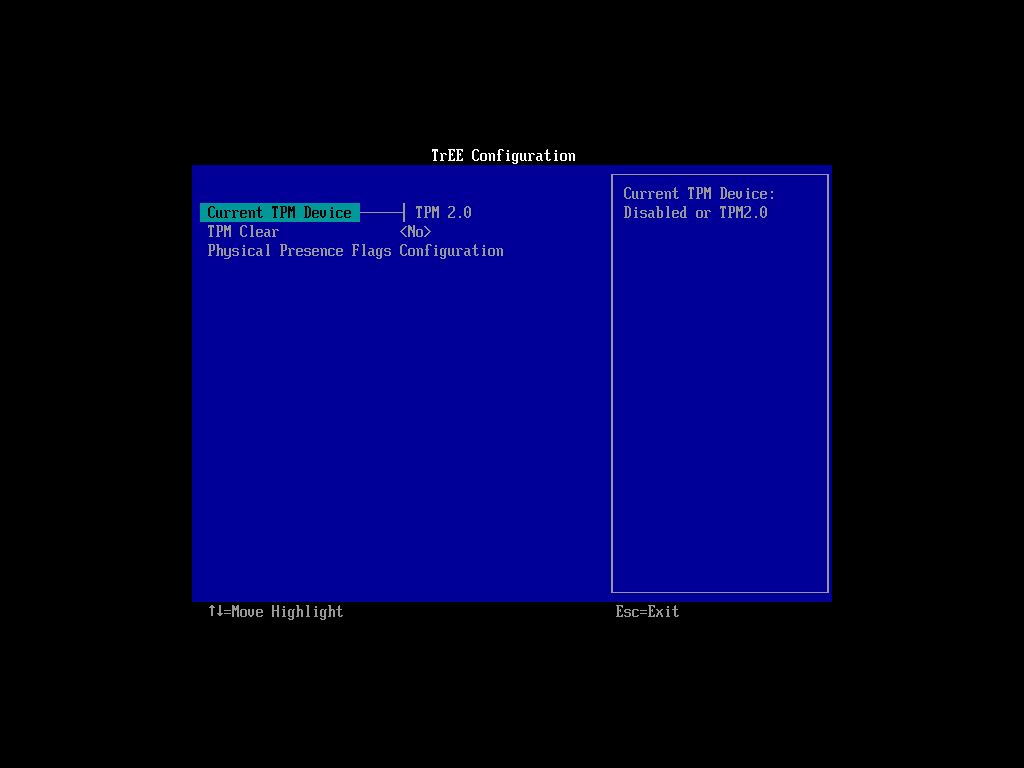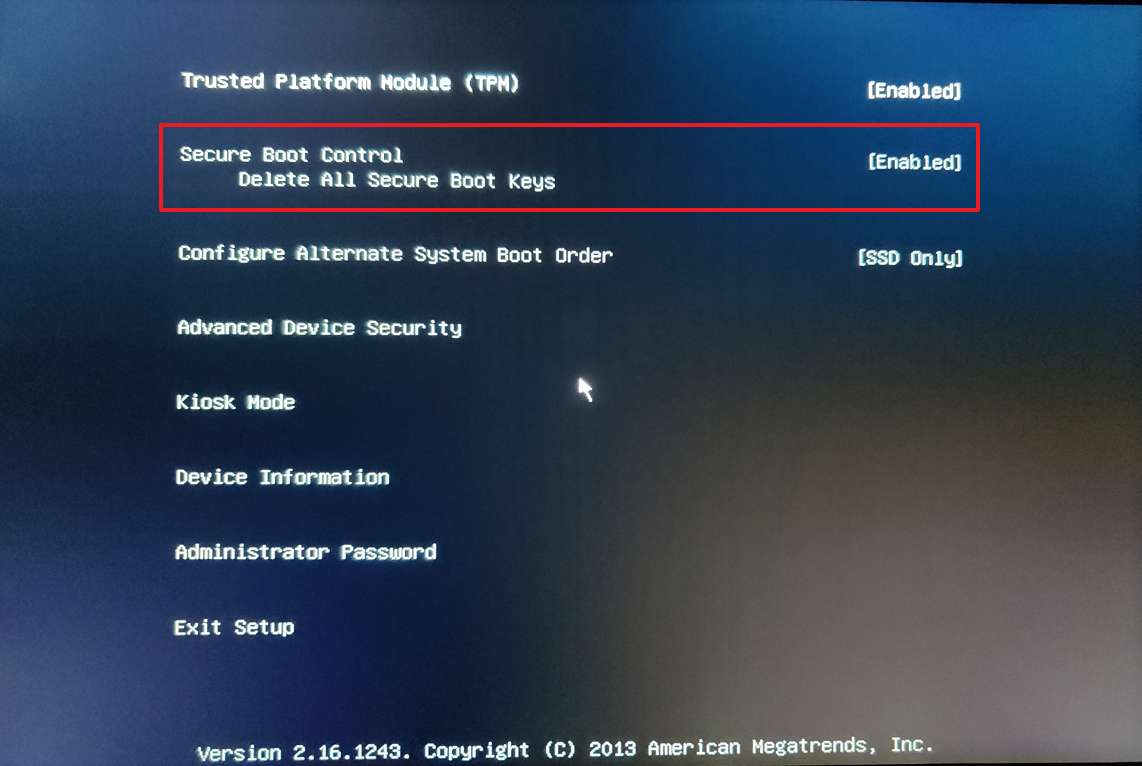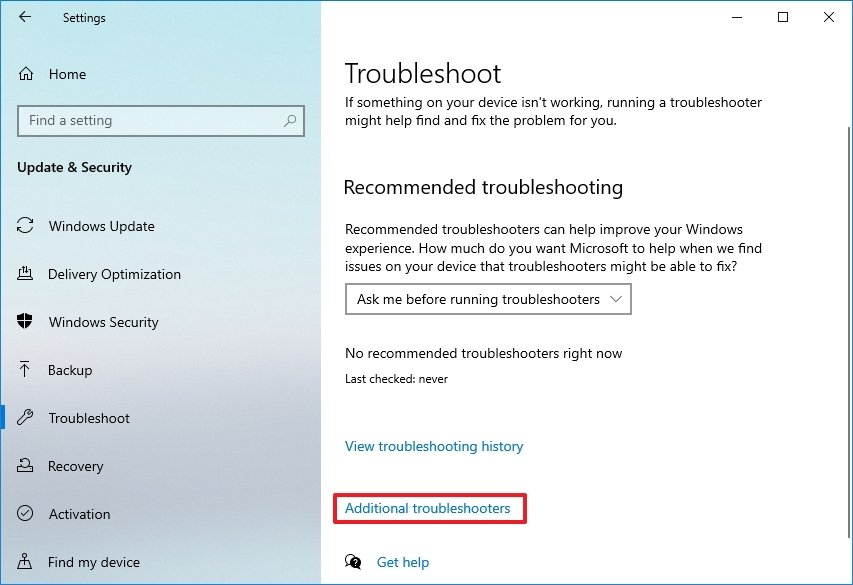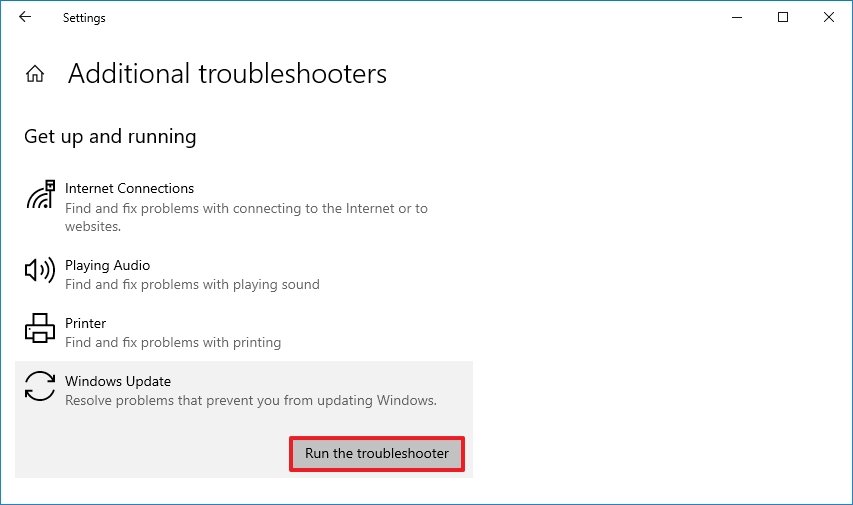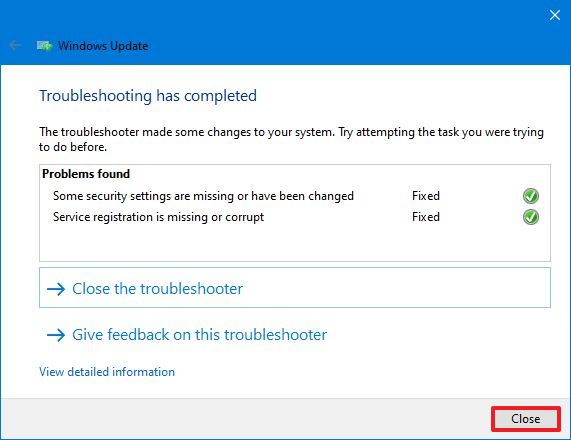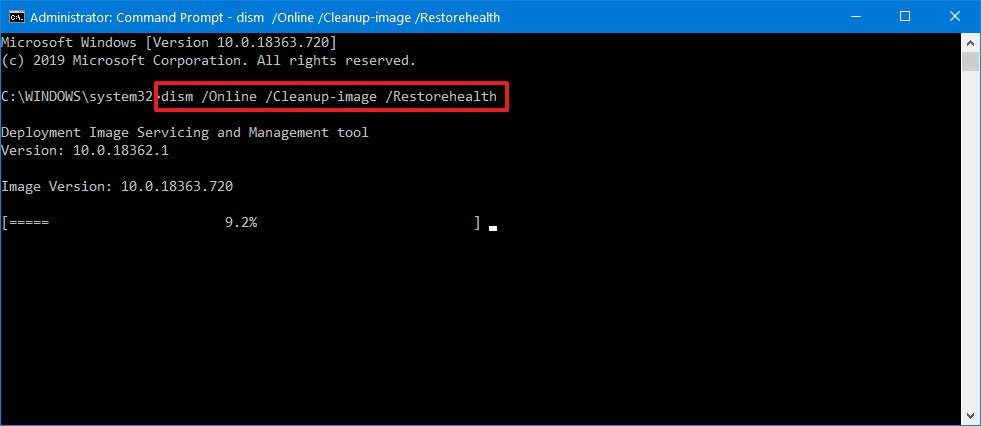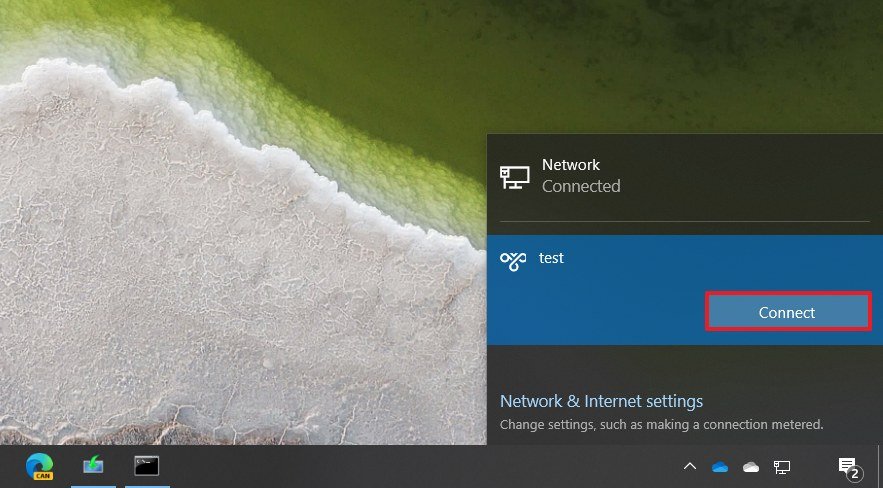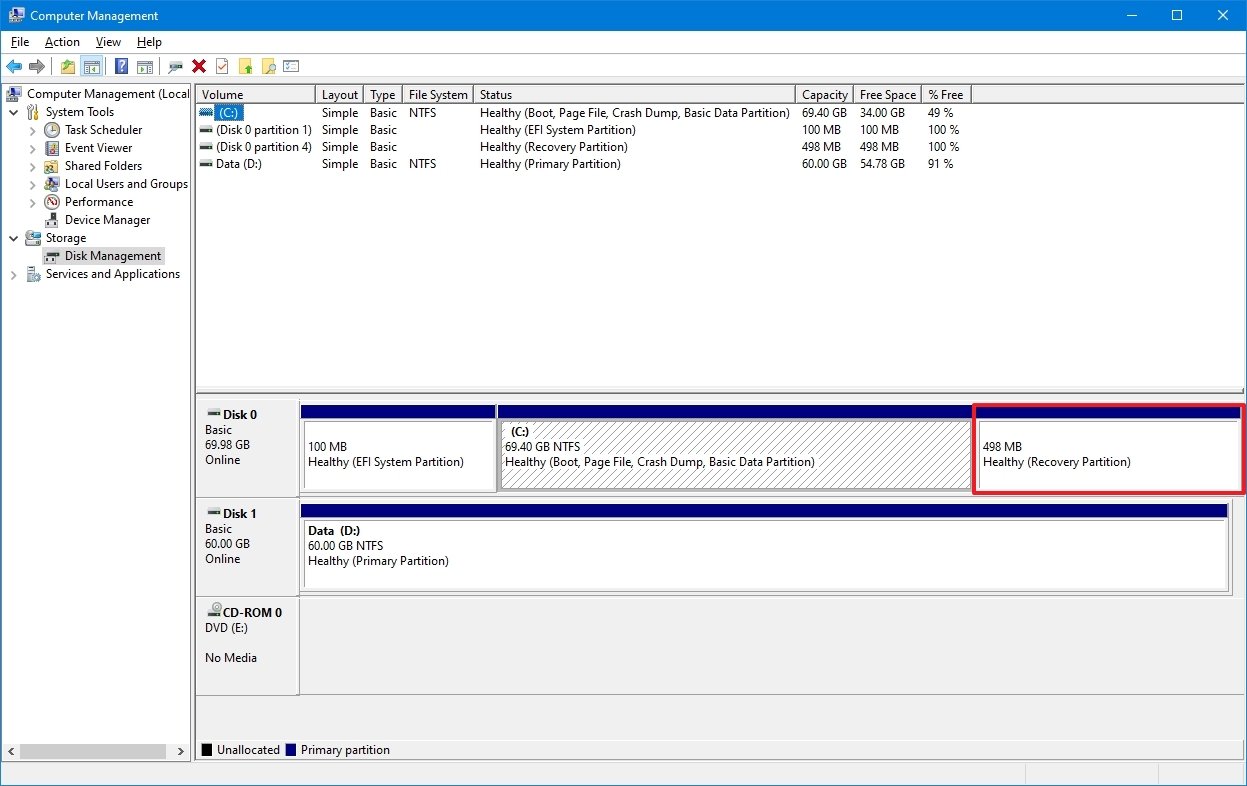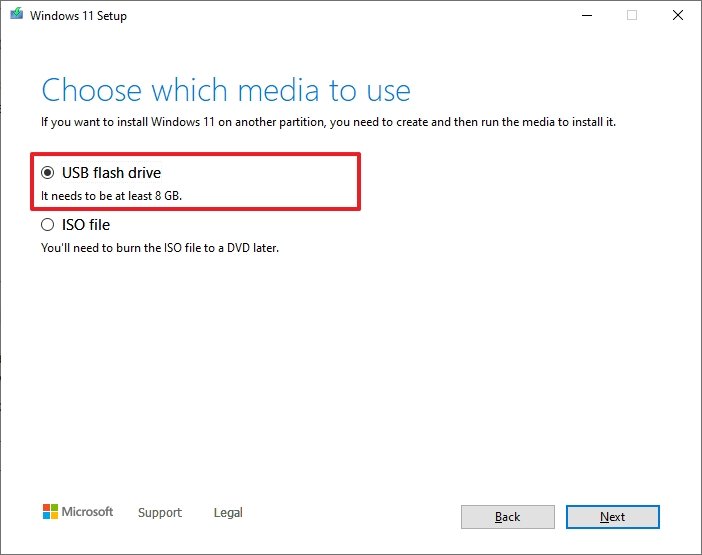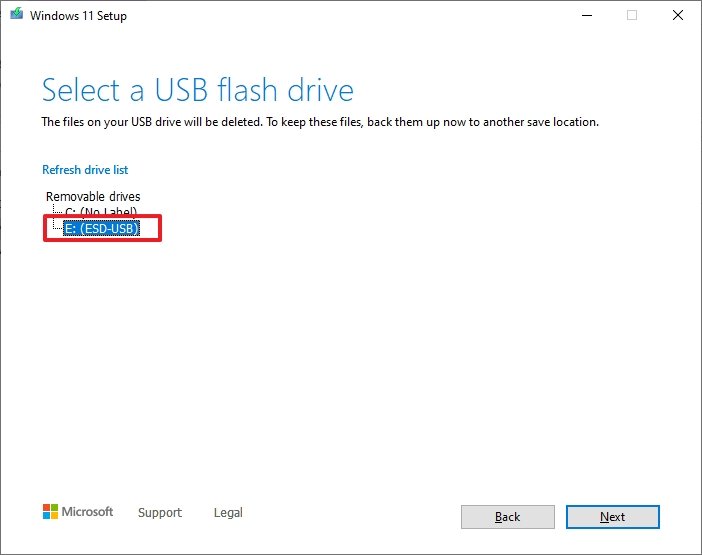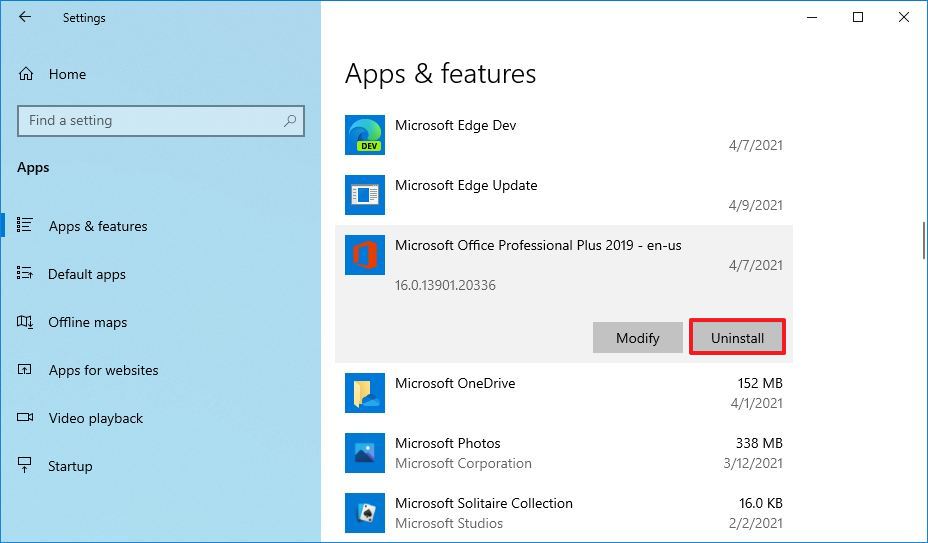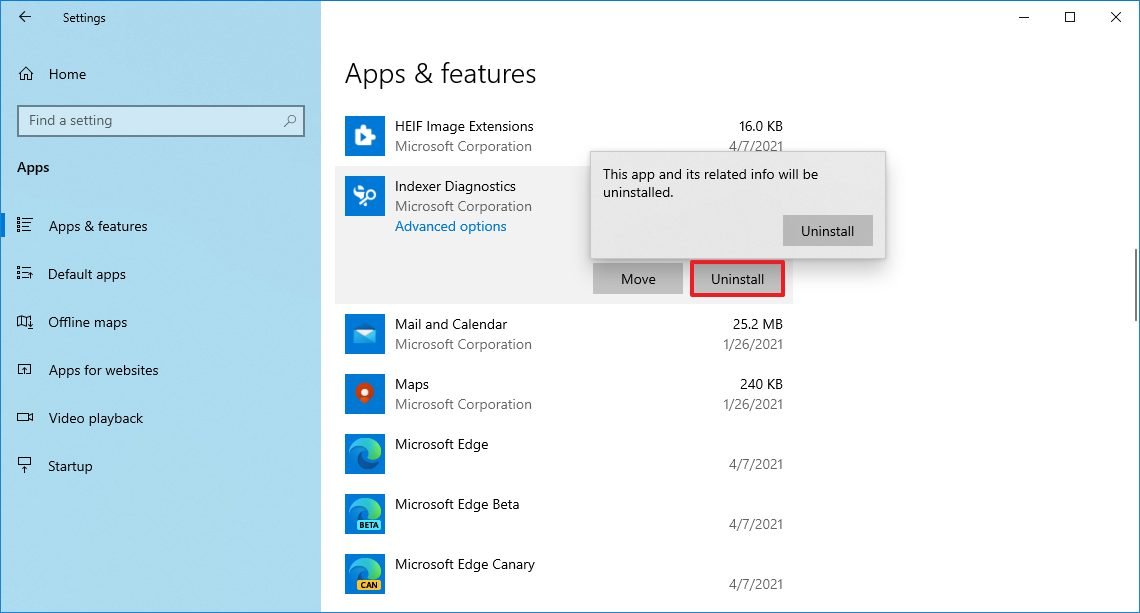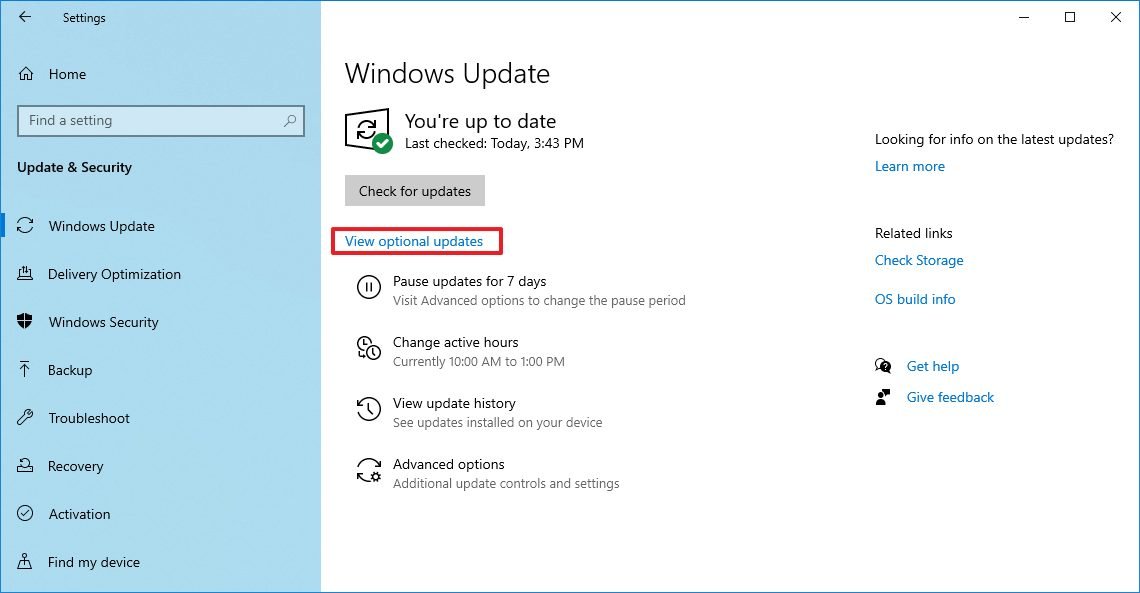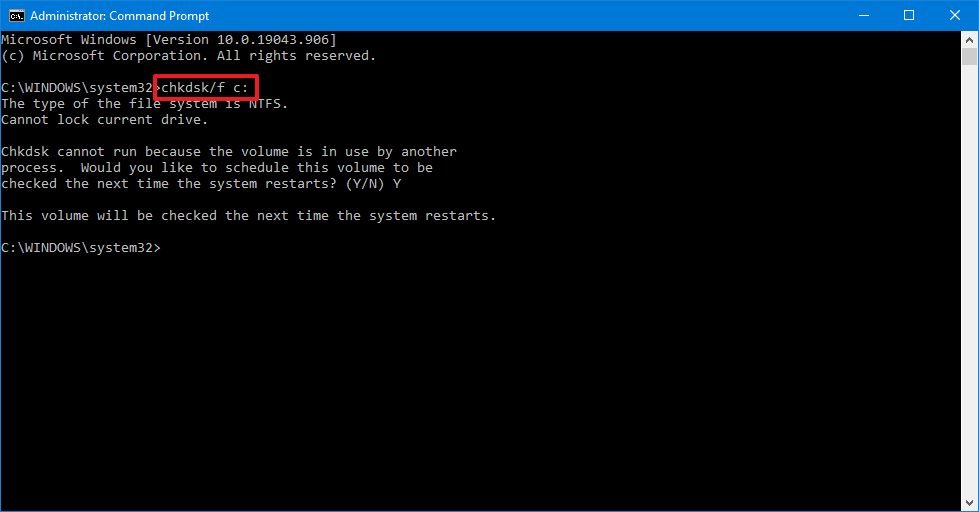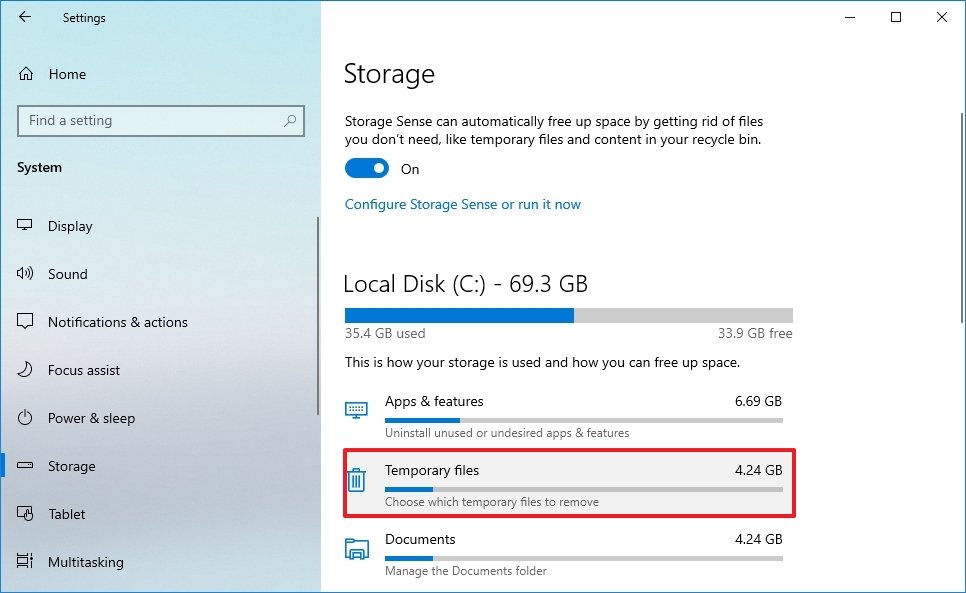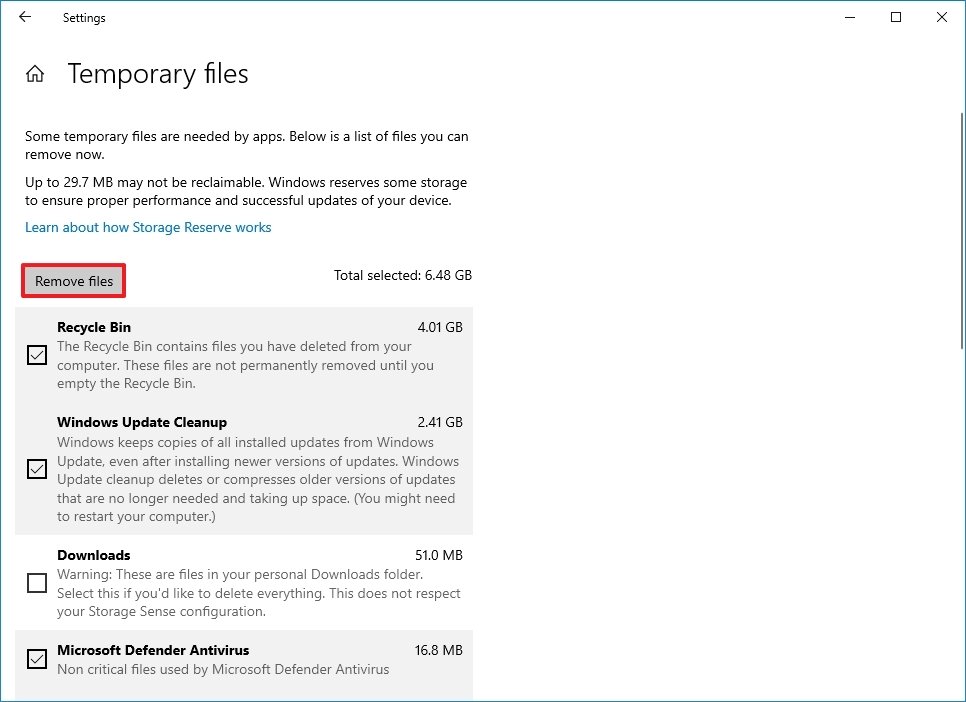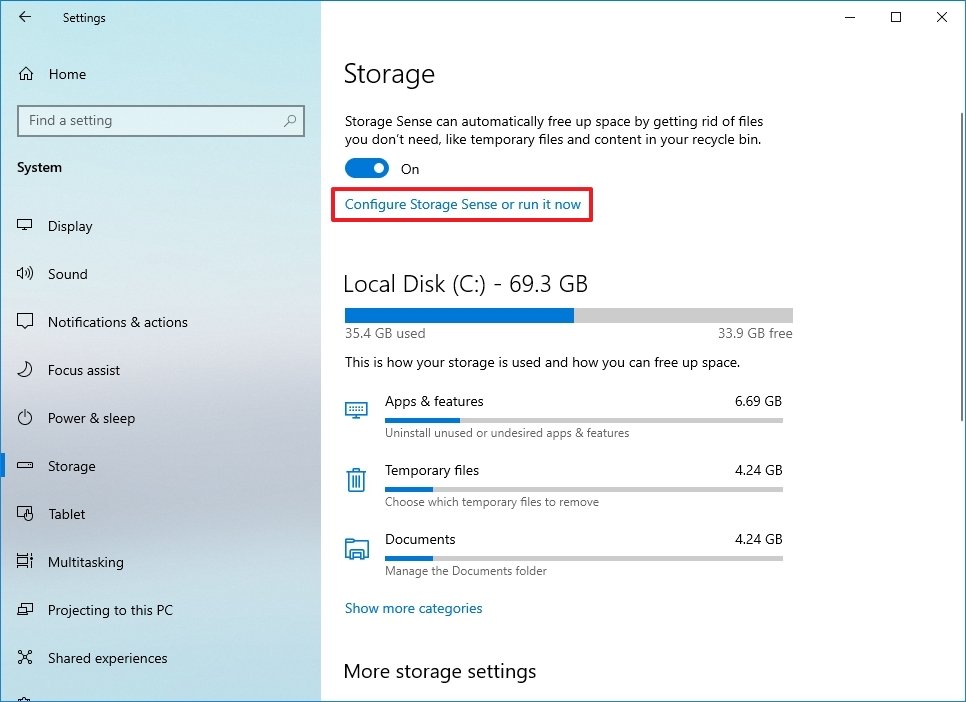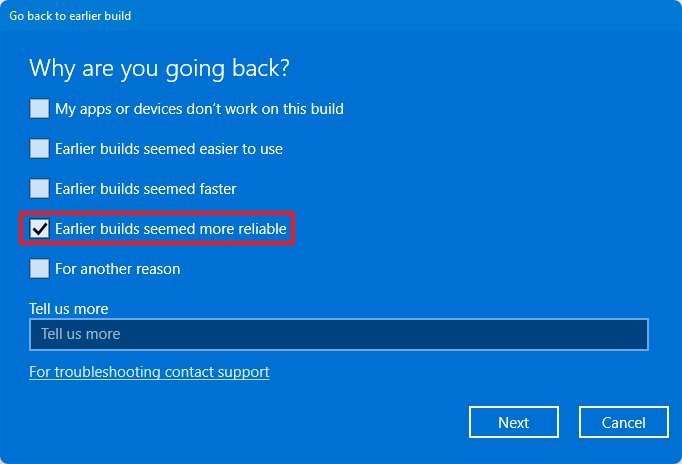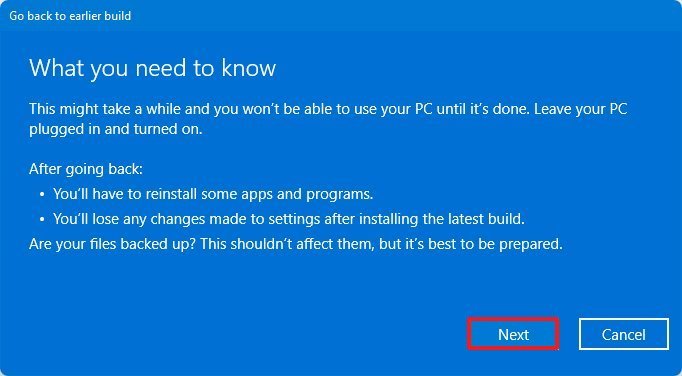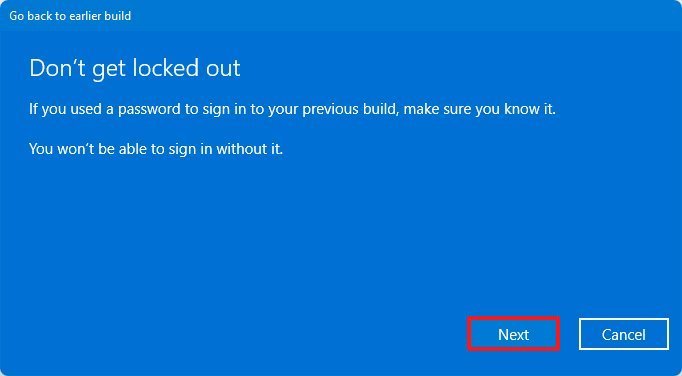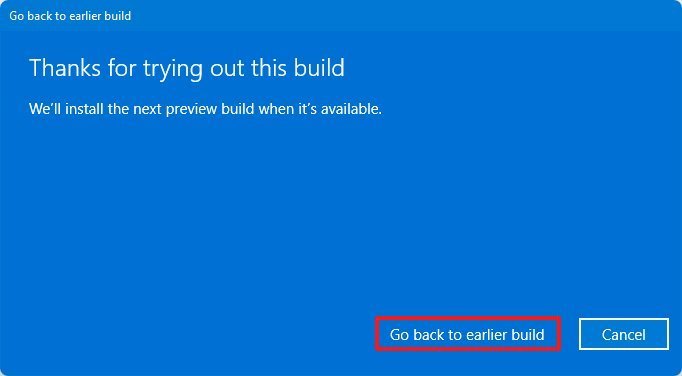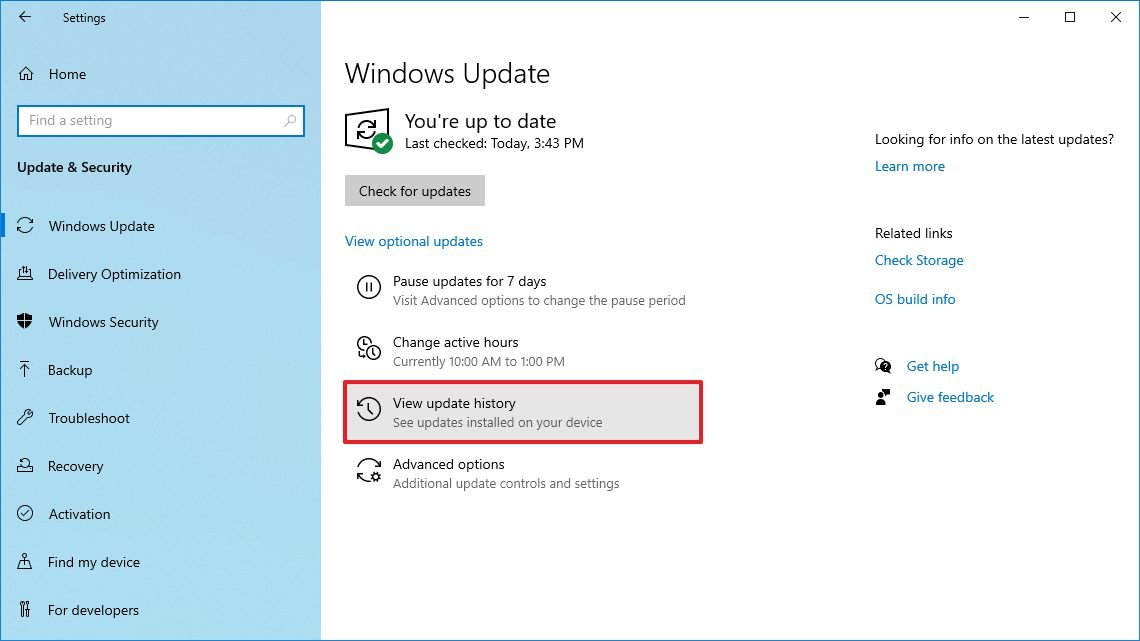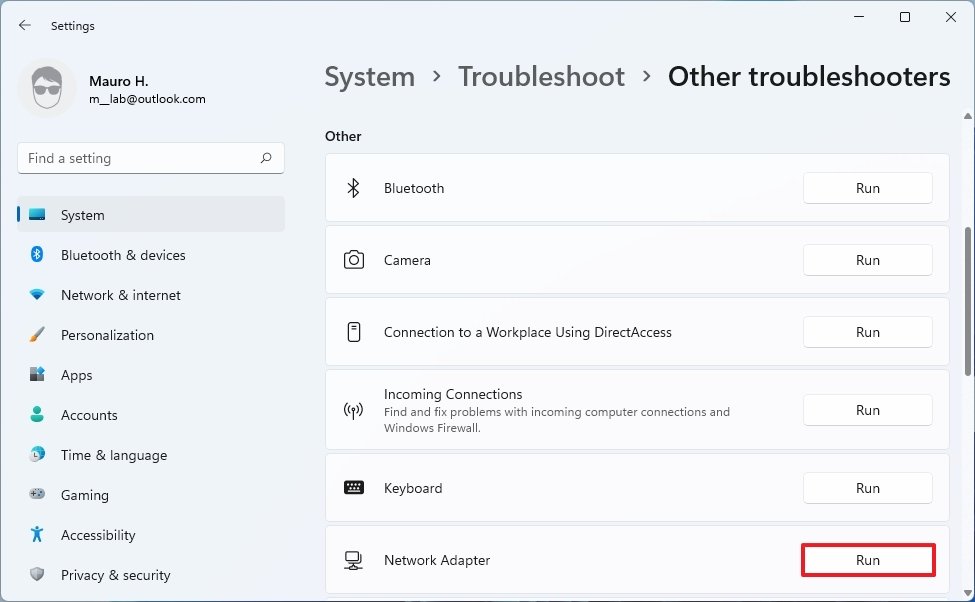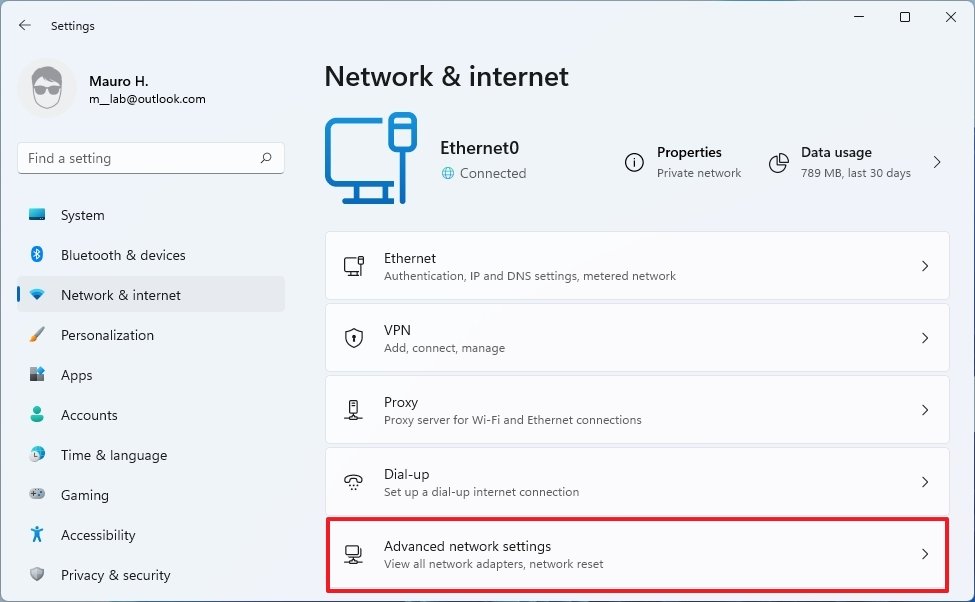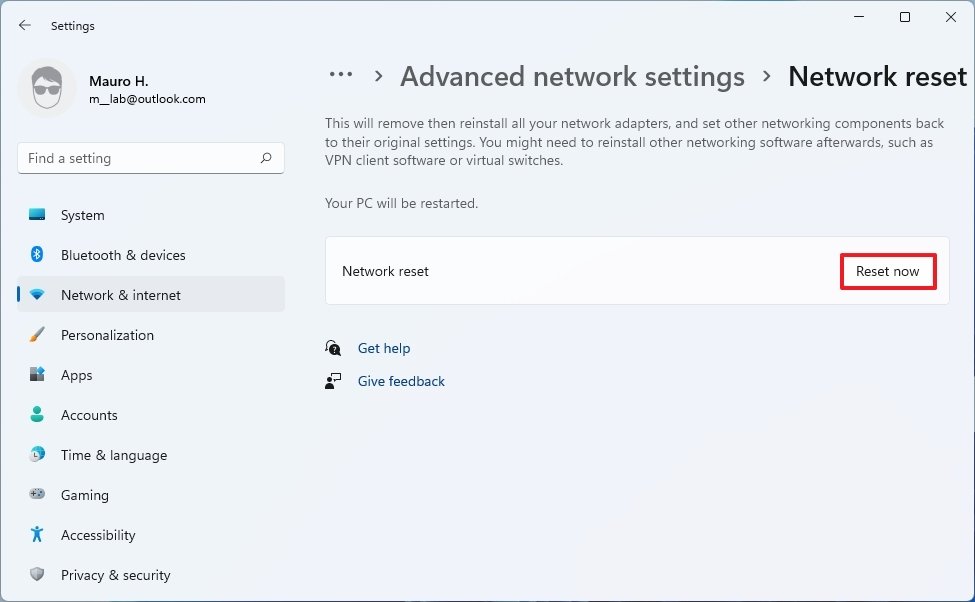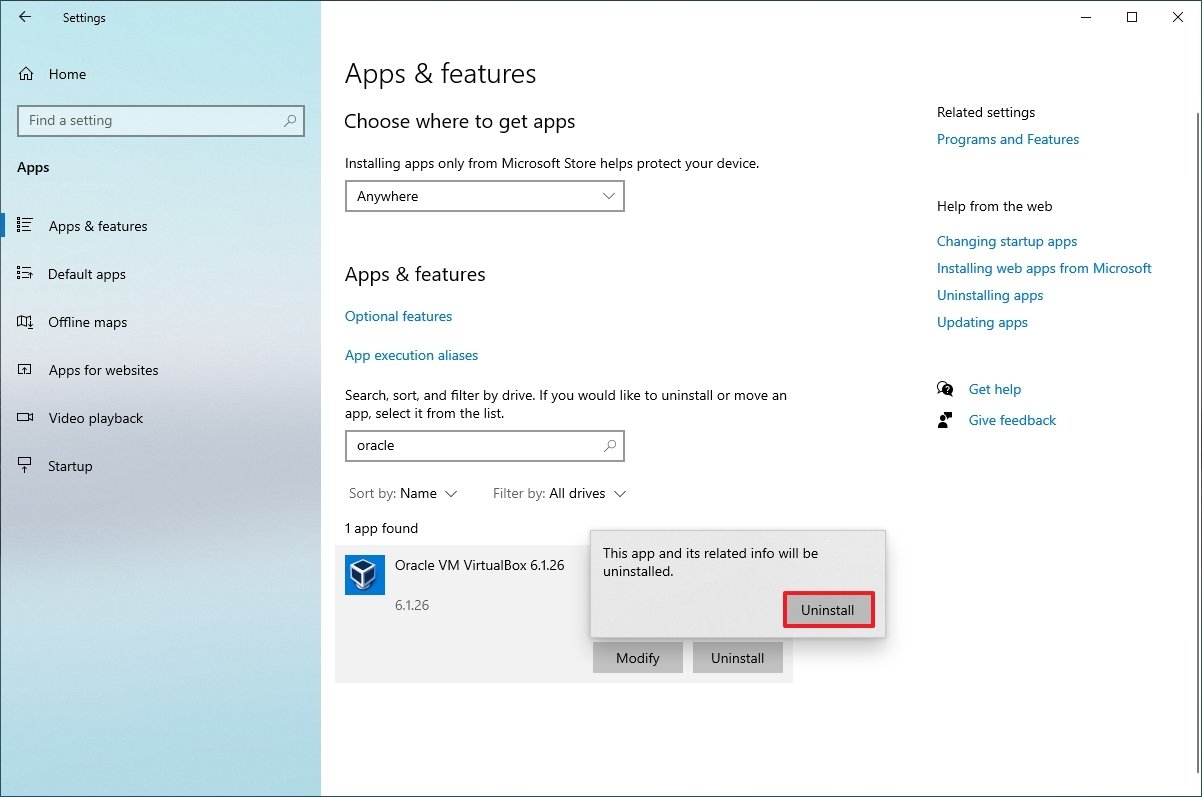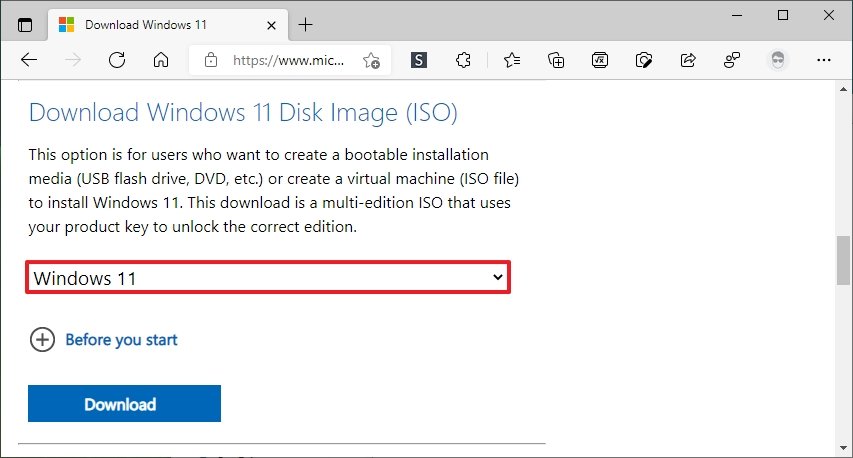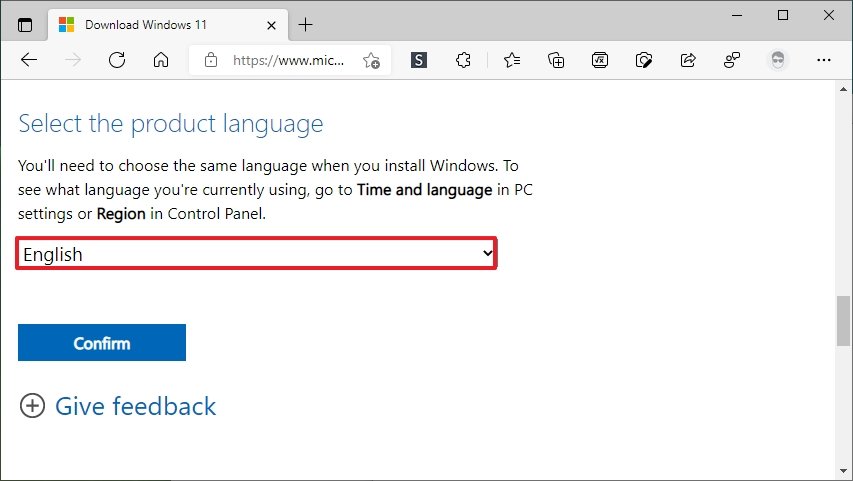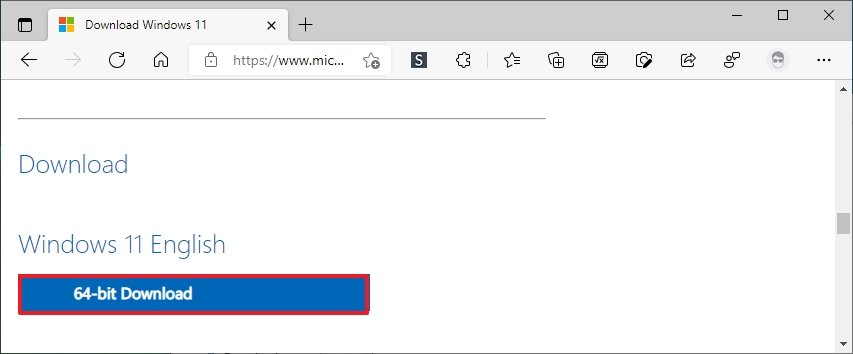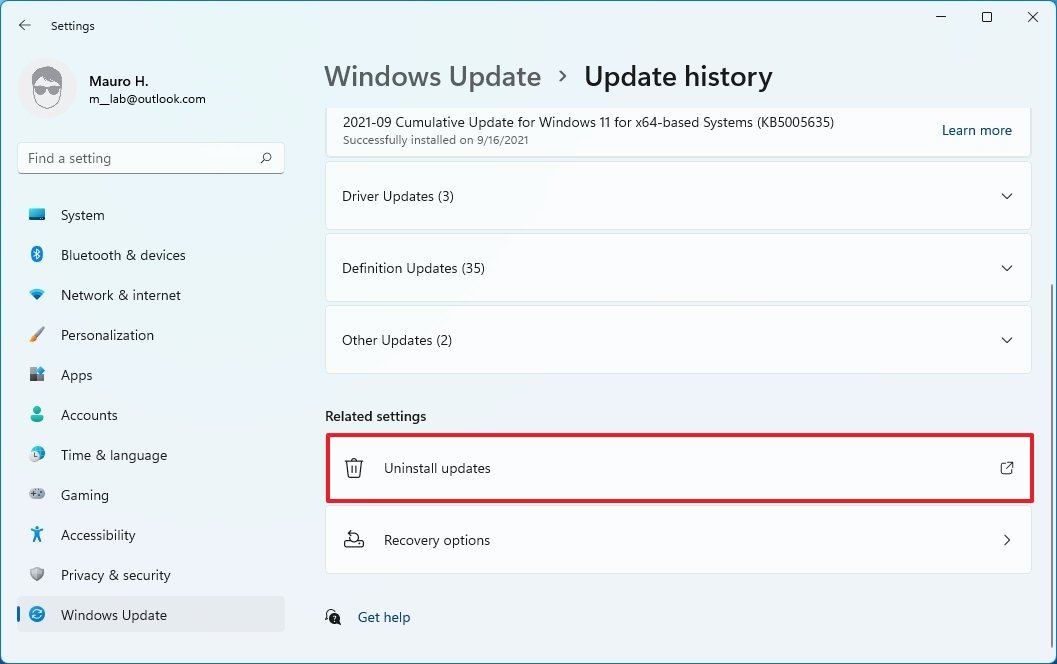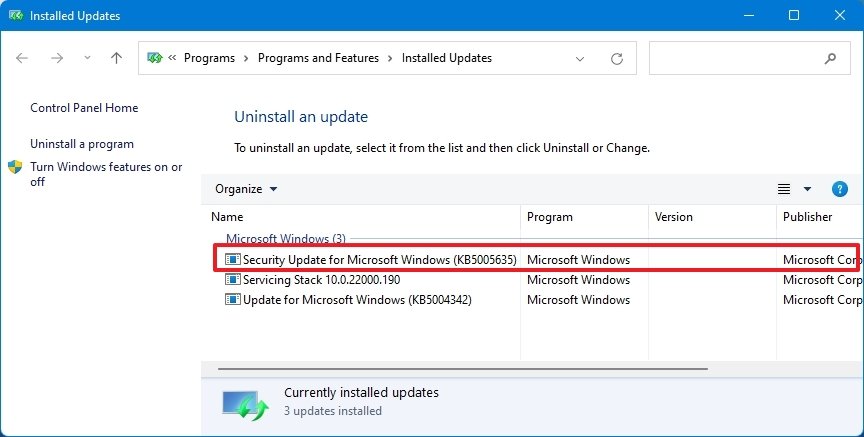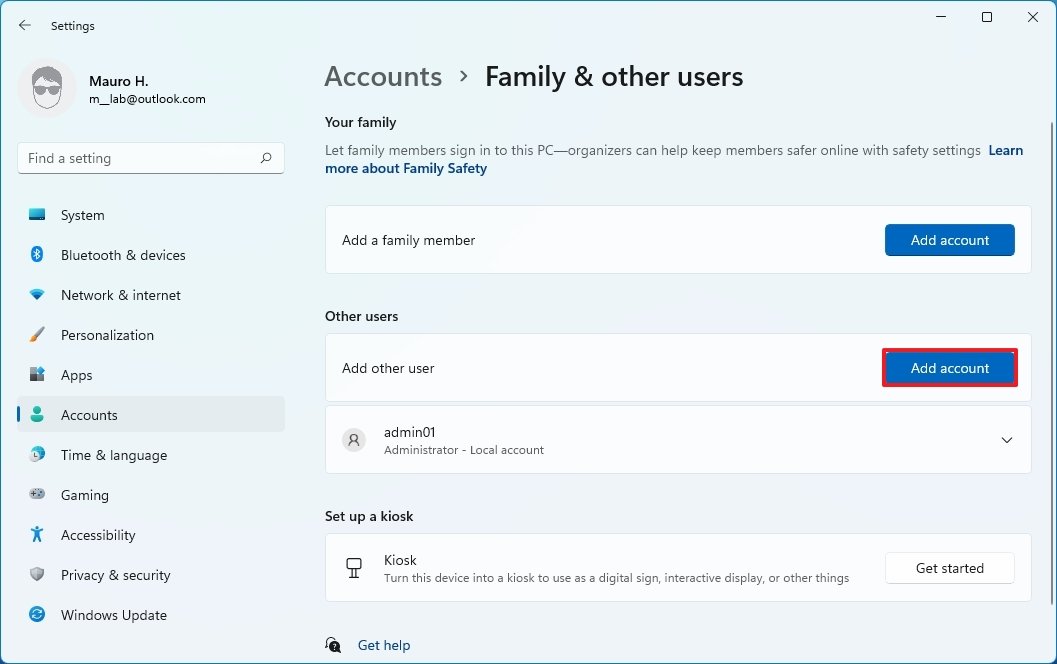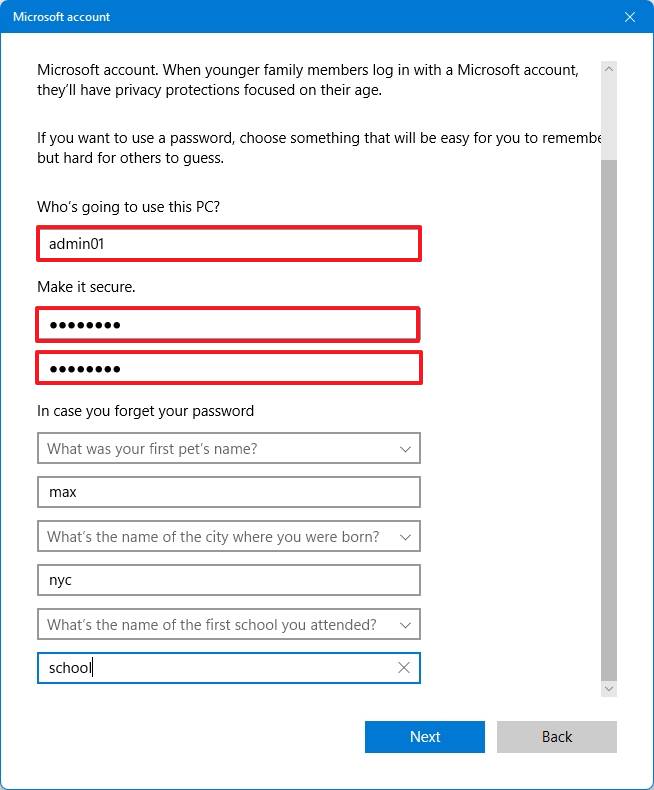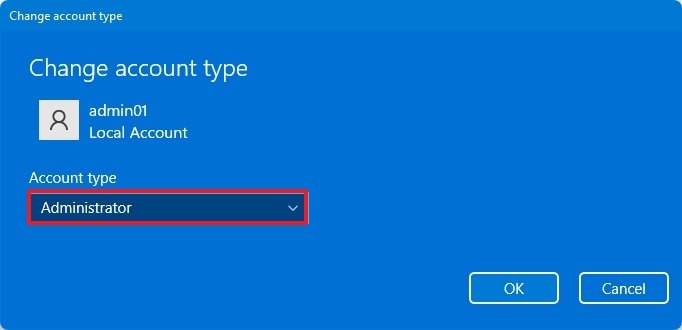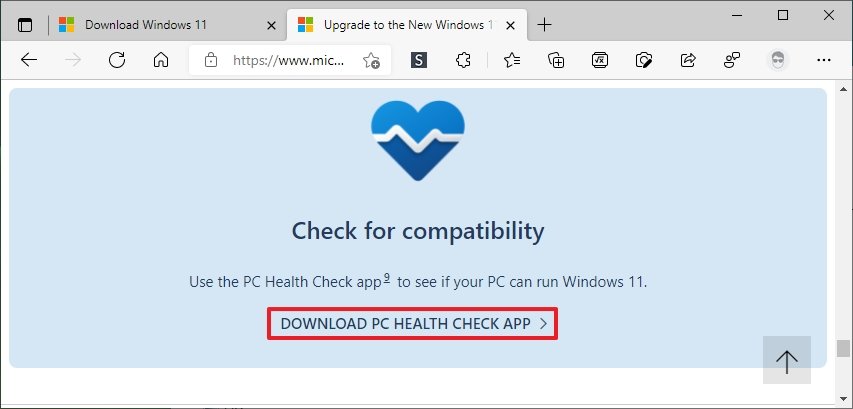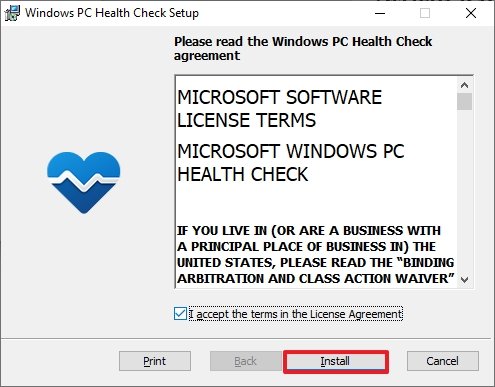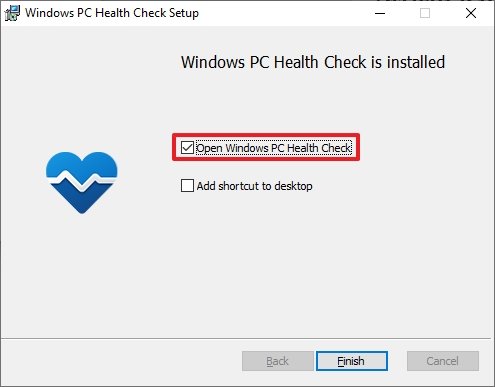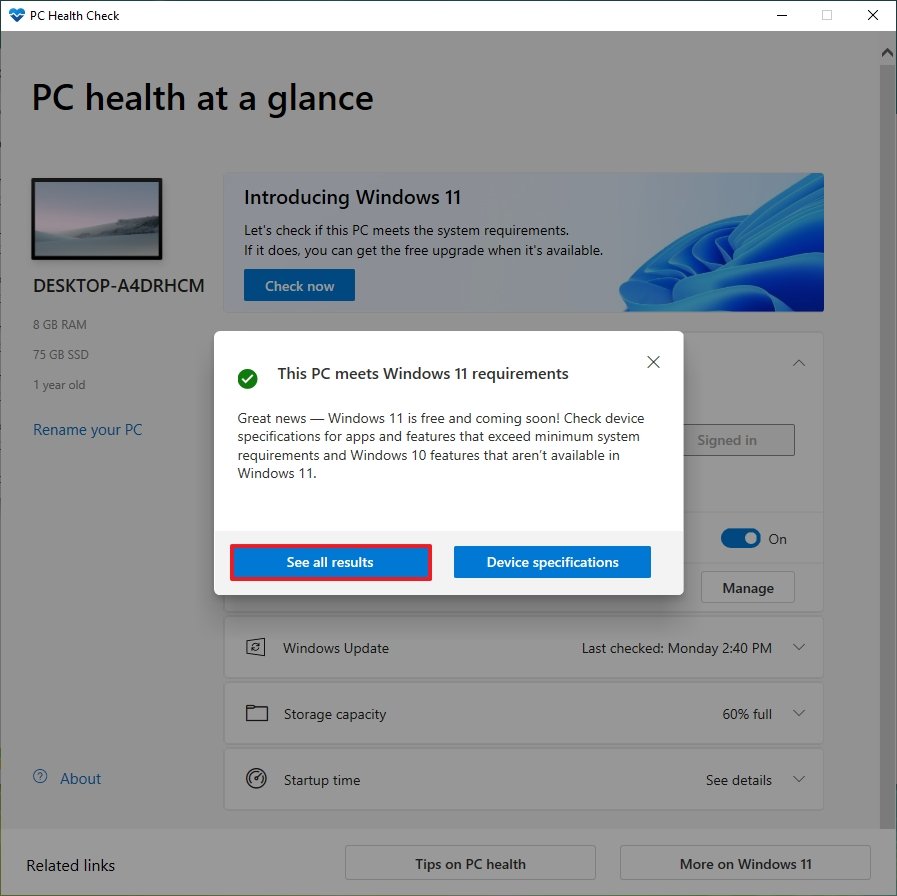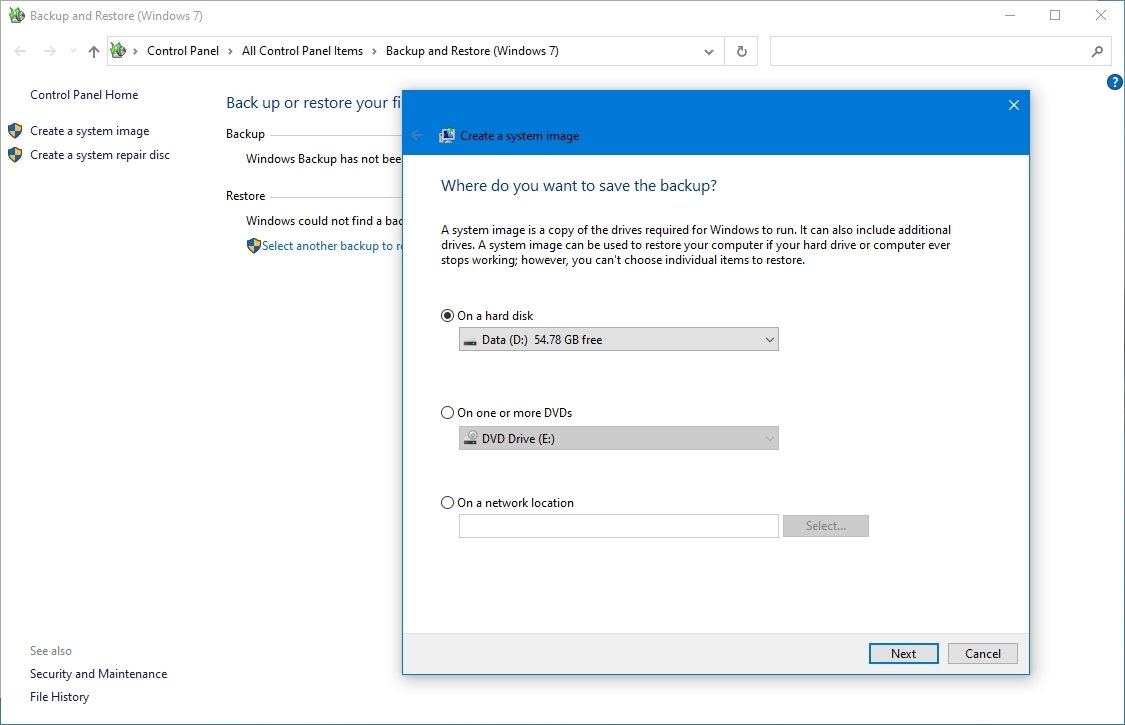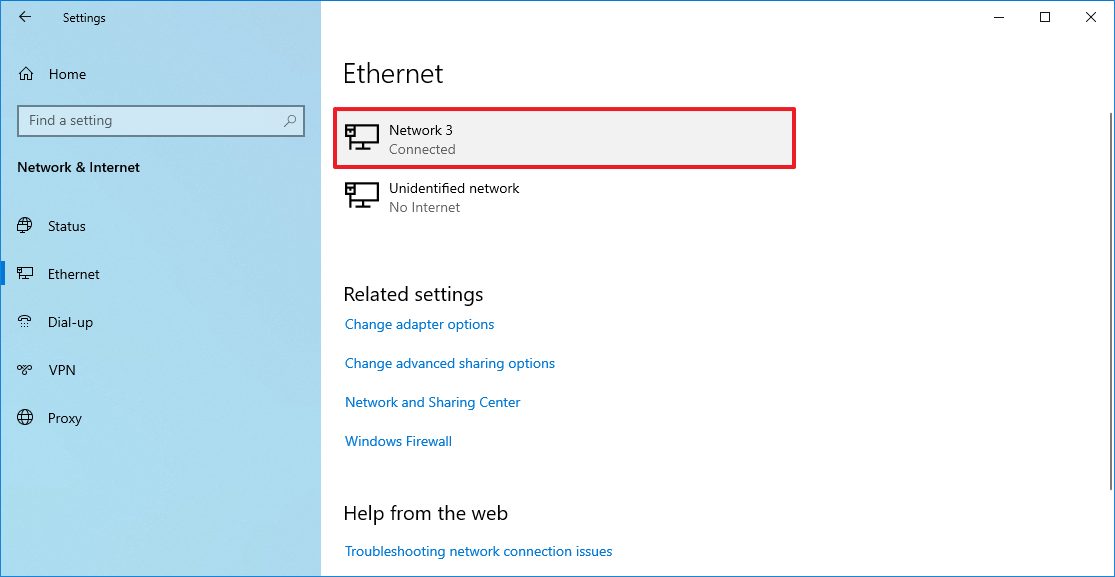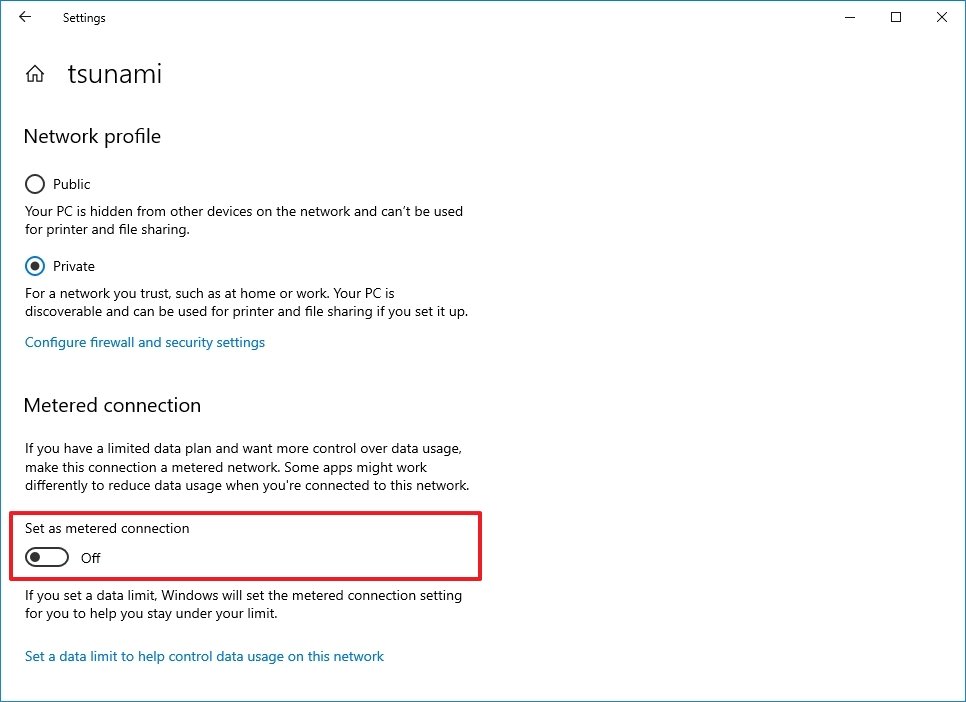Windows 11 common problems — and the fixes
Windows 11 is here, but it's causing problems. Use this guide to troubleshoot and fix virtually any issue.

Microsoft has finally started the gradual rollout of Windows 11, the most significant refresh in more than a decade. In this new version, you will find many significant changes and features, including a fresh new interface with rounded corners and transparent elements. There's a new Start menu and Taskbar that now are front and center. Action Center has been replaced for two new experiences known as Notification Center and Quick Settings. You will find a new version of Settings, and there are several new features, such as Widgets, Chat from Microsoft Teams, Snap layouts and Snap groups, Auto HDR and DirectStorage for a better experience, and much more.
Although the company has finalized the development earlier to spend more time tweaking and fixing bugs and other problems before the official release date, the new version includes many code changes that could mean many unknown issues, compatibility problems with hardware and drivers, and more.
Since Windows 11 requires complete reinstallation, computers may also experience other problems that are not caused by the new version. Instead, the upgrade process may get stuck or fail because of driver issues, incompatible applications, device drivers, custom configurations, or problems with some pieces of hardware.
In this Windows 11 guide, we will share some of the problems you may encounter during and after the installation and their possible solutions.
Windows 11 fixes to common problems
On Windows 11, you may come across two types of problems. You can stumble upon commonly known issues during and after the upgrade, such as problems with storage, features, activation, and updates that are not problems directly tied to the new OS.
Also, there are those problems that are direct results of bugs with the new version. For instance, the installation may fail because of a compatibility issue with an app or hardware, or these problems could be related to drivers and security software like antivirus.
Since Windows 11 is based on Windows 10, the same installation problems you may see on Windows 10 are likely to appear on Windows 11.
All the latest news, reviews, and guides for Windows and Xbox diehards.
This guide focuses on helping you get around common upgrade problems and steps to mitigate specific known issues (if available) during and after the installation.
- How to fix system requirements issues on Windows 11
- How to fix Windows Update problems on Windows 11
- How to fix USB flash drive problems installing Windows 11
- How to fix setup problems installing Windows 11
- How to fix Installation Assistant problems installing Windows 11
- How to fix error code 0xC1900101 upgrading to Windows 11
- How to fix error code 0x80070070 upgrading to Windows 11
- How to fix error code 0x80070002 0x20009 upgrading to Windows 11
- How to fix error code 0xC1900107 upgrading to Windows 11
- How to fix error code 0x800F0923 installing Windows 11
- How to fix error code 0xC1900208 upgrading to Windows 11
- How to fix black screen problem on Windows 11
- How to fix error completing installation of Windows 11
- How to fix Wi-Fi and Ethernet adapter problems on Windows 11
- How to fix VirtualBox not working on Windows 11
- How to fix Intel Killer networking issues on Windows 11
- How to fix Cốc Cốc browser not working on Windows 11
- How to fix File Explorer memory leak on Windows 11
- How to fix AMD performance issue on Windows 11
- How to fix Start menu broken on Windows 11
- How to 'This PC can't run Windows 11' error on Windows 11
- How to fix Installation Assistant error 0x8007007F on Windows 11
- How to USB printer problems on Windows 11
- How to non-ASCII characters app problem on Windows 11
- How to printer setup problem on Windows 11
- Windows 11 tips to minimize installation problems
How to fix system requirements issues installing Windows 11
One of the biggest confusions with the new version of Windows is the new system requirements, and this is because they are different from the previous version, and it's not clear what devices are compatible, causing a lot of confusion among users.
Windows 11 official requirements
Here are the minimum hardware requirements to install Windows 11:
- Processor: 1GHz or faster CPU or System on a Chip (SoC) with two or more cores.
- Memory: 4GB.
- Storage: 64GB or larger.
- System firmware: UEFI with Secure Boot enabled.
- Graphics: Compatible with DirectX 12 or later with WDDM 2.0 driver.
- TPM: Trusted Platform Module (TPM) version 2.0.
- Display resolution: High definition (720p) display greater than 9 inches diagonally, 8 bits per color channel.
Confirm if device will run Windows 11
To confirm the basic hardware specifications on Windows 10, use these steps:
- Open Settings.
- Click on System.
- Click on About.
- Confirm the processor, memory, and system type.Quick note: The RAM has to be larger than 4GB, and the processor must be an Intel's 8th Gen or newer or an AMD Zen 2 or newer. You can find more information on the processor compatibility in this guide. Also, the system type must be 64-bit since Windows no longer comes in 32-bit.
- Click on Storage.
- Confirm the hard drive is larger than 64GB.
You can also confirm the device hardware specifications on the manufacturer's support website.
Once you confirm the hardware specifications, make sure the device has an enabled Trusted Platform Module (TPM) version 2.0. You can complete this task with these instructions.
Also, the new version of Windows requires Secure Boot. You can use this guide to check the feature state and the steps to turn it on as necessary.
Alternatively, you can run the official PC Health Check (download is at the end of the page) application to confirm whether your computer will run Windows 11. The tool will let you know precisely the compatible components and those that are not so that you can act accordingly.
How to fix Windows Update problems installing Windows 11
Windows Update is the recommended method to download and install Windows 11, but sometimes you may run into errors that can prevent your computer from getting the update.
Resolve PC doesn't currently meet system requirements
If you get the message saying: This PC doesn't currently meet Windows 11 system requirements, it means that one or more required components are missing, and unless you resolve them, you won't be able to continue with the installation.
Usually, the setup will explain the problems blocking the upgrade. For example, you these or other reasons:
- The system disk needs to be 64GB or larger – The partition system partition needs to be larger than 64GB. If you have a device with limited capacity, you will need to upgrade the hard drive.
- The PC must support TPM 2.0 – If this is a modern device, the chances are that it has a Trusted Platform Module, but it might be disabled, you have a TPM, but it's version 1.2, or it could be the case that the computer doesn't have the security module
In addition to these, the Windows 11 setup may also complain about Secure Boot. If you have a device with UEFI and TPM 2.0, then the device is likely to have the Secure Boot feature.
Fix disk space requirement
To check the storage space on Windows 10, use these steps:
- Open Settings.
- Click on Storage.
- Under the "Storage" section, confirm the size of the drive.
If the drive is under 64GB, you will need to upgrade the storage. The system is referring to the maximum capacity, not the free available space.
Fix TPM 2.0 requirement
To check and enable the TPM 2.0 module on Windows 10, use these steps:
Warning: Changing the incorrect settings can make the computer unbootable. You should access the motherboard settings only when you have a good reason. It's assumed that you know what you're doing.
- Open Settings.
- Click on Update & Security.
- Click on Recovery.
- Under the "Advanced startup" section, click the Restart now button.
- Click on Troubleshoot.
- Click on Advanced options.
- Click the UEFI Firmware settings option.Quick tip: If you have a legacy BIOS, the option will not be available.
- Click the Restart button.
- Open the security settings page.Quick note: The UEFI settings are usually different per manufacturer and even per computer model. As a result, you may need to check your manufacturer support website for more specific details to find the security settings.
- Select the Trusted Platform Module (TPM) option and press Enter.
- Select the Enabled option and press Enter.
- Exit the UEFI settings.
- Confirm the changes to restart the computer.
Once you complete the steps, the security module will allow you to configure and use features like BitLocker or pass the compatibility check to install Windows 11.
If you need additional assistant, follow the instructions in this guide.
Fix Secure Boot requirement
To enable Secure Boot on your computer, use these steps:
- Open Settings.
- Click on Update & Security.
- Click on Recovery.
- Under the "Advanced startup" section, click the Restart now button.
- Click on Troubleshoot.
- Click on Advanced options.
- Click the UEFI Firmware settings option.Quick tip: If you have a legacy BIOS, the option will not be available.
- Click the Restart button.
- Open the boot or security settings page.Quick note: The UEFI settings are usually different per manufacturer and even per computer model. As a result, you may need to check your manufacturer support website for more specific details to find the corresponding settings.
- Select the Secure Boot option and press Enter.
- Select the Enabled option and press Enter.
- Exit the UEFI settings.
- Confirm the changes to restart the computer.
After you complete the steps, the security module will enable, and the computer should now meet the Windows 11 requirement.
Fix unexpected errors using Windows Update
In addition to the system requirements problems, you may also encounter Windows Update issues, but you can use the built-in troubleshooter to solve the most common issues.
To fix Windows Update to download Windows 11, use these steps:
- Open Settings.
- Click on Update & Security.
- Click on Troubleshoot.
- Click the Additional troubleshooters option.
- Under the "Get up and running" section, select the Windows Update option.
- Click the Run the troubleshooter button.
- Click the Apply this fix option (if applicable).Quick note: If the "Apply this fix" option is not available, it does not mean the problem was not fixed. The tool will run a series of fixes, and if there is something else to repair, the option to apply the fix will appear.
- Continue with the on-screen directions.
- Click the Close button.
- Restart the computer.
Once you complete the steps, the Windows Update settings should now operate normally to install Windows 11.
If you get the error 0xc1900223, it means that there's an issue downloading the new version, and there's nothing else you need to do. At a later time, the system will try to download it again.
Fix error 0x80073712 using Windows Update
When upgrading to Windows 11, you may see the error 0x80073712 message, which means that one or more required files are either missing or damaged.
Using the Deployment Servicing and Management (DISM) tool, you can resolve this problem to restore the system files to a known good state.
To use DISM to fix Windows Update, use these steps:
- Open Start.
- Search for Command Prompt, right-click the top result, and select the Run as administrator option.
- Type the following command and press Enter:
dism /Online /Cleanup-image /Restorehealth
After you complete the steps, the required files will be repaired, and Windows Update should start working to download and install the first semi-annual update of Windows 10.
Fix error 0x800F0922 upgrading with Windows Update
If you use Windows Update to upgrade your device, you may see the error 0x800F0922, which means that the computer cannot connect to the update servers or the System Reserved partition is too small or out of space.
Disconnect VPN session
Usually, you will see the error 0x800F0922 trying to upgrade to Windows 11 when a VPN connection is active.
To disconnect the VPN session, use these steps:
- Click the network icon in the Taskbar.
- Select the VPN connection.
- Click the Disconnect button.
If you use another VPN client software, check the software vendor documentation for more specific instructions to disconnect the device.
Reside System Reserved partition
Third-party security software (for example, antivirus) can store data in the System Reserved partition that may cause a halt in the Windows 11 installation.
You can resolve this problem by using a third-party tool to resize the partition to make it equal to or larger than 500MB. Alternatively, you can choose to perform a clean installation. This process will not only fix the problem, but you will start the device with a new installation that can resolve other issues and improve system performance.
How to fix USB flash drive problems installing Windows 11
If you start the Windows 11 installation with a USB bootable media and setup fails, then one or more files may be missing or damaged. The quick fix would be creating a new USB flash drive.
To create a Windows 11 USB flash drive, use these steps:
- Open Windows 11 download page.
- Under the "Create Windows 11 Installation Media" section, click the Download now button to save the file on the device.
- Double-click the MediaCreationToolW11.exe file to launch the tool.
- Click the Accept button to agree to the terms.
- (Optional) Clear the Use the recommended options for this PC option.
- Select the correct language and edition of Windows 11.
- Click the Next button.
- Select the USB flash drive option.
- Click the Next button
- Select the USB flash drive.Quick tip: If the device is not in the list, click the "Refresh drive list" option to make it available.
- Click the Next button.
- Click the Finish button.
After you complete the steps, the Media Creation Tool will create a new setup media with the files to install Windows 11.
How to fix setup problems installing Windows 11
If you plan to use one of the available installation tools, the Windows 11 setup may stop unexpectedly with the error code 0x8007042B 0x4000D or 0x800700B7 0x2000A, which could indicate that another process is conflicting with the upgrade.
You can close the process in question and restart the setup to resolve the issue. Using a clean boot to restart the setup or remove the app causing the problem could help continue the installation.
Terminate process in Task Manager
To terminate a process or application with Task Manager, use these steps:
- Open Start.
- Search for Task Manager and click the top result to open the app.
- Click the More details button.
- Select the app or process.
- Click the End task button.
- Repeat steps No. 3 and 4 to terminate the remaining apps.
After you complete the steps, restart the setup and continue with the Windows 11 installation.
Uninstall a Windows app
To remove an app on Windows 10, use these steps:
- Open Settings.
- Click on Apps.
- Click on Apps & features.
- Select the app.
- Click the Uninstall button.
- Click the Uninstall button again.
- Continue with the on-screen directions (if applicable).
Once you complete the steps, the upgrade process should finish successfully.
How to fix Installation Assistant problems installing Windows 11
The Installation Assistant is a tool that allows you to perform an in-place upgrade, but sometimes it causes problems during the upgrade process.
Issues with the Installation Assistant are often related to network, and you may be able to resolve them using these tips:
- Close the tool, disconnect the network cable or disconnect the device from the wireless network using the network flyout on the Taskbar. Wait a full minute, reconnect the computer to the network, and reopen the Installation Assistant.
- Restart the device, reopen the Installation Assistant, and continue with the setup.
If the problem persists, download the Windows 11 ISO file, double-click the file to mount it to File Explorer, and run the in-place upgrade to Windows 11 manually.
How to fix error code 0xC1900101 upgrading to Windows 11
The error codes starting with 0xC1900101 or 0x80090011 can indicate various problems during the Windows 11 upgrade process.
These are the common "0xC1900101" errors that you may come across upgrading to Windows 11:
- 0xC1900101 - 0x2000c
- 0xC1900101 - 0x20017
- 0xC1900101 - 0x30017
- 0xC1900101 - 0x30018
- 0xC1900101 - 0x3000D
- 0xC1900101 - 0x4000D
- 0xC1900101 - 0x40017
Cleanup storage space
The setup of Windows 11 requires several gigabytes of space to process the upgrade. If the device does not have enough available space, you may see one of the 0xC1900101 error codes. You can get around this problem by using the "Storage" and "Apps & features" settings to free up space.
You can use this guide to find many tips to delete unnecessary files to free up storage space.
Disconnect devices
If the computer has peripherals like external drives, printers, Bluetooth devices, USB devices, cameras, disconnect them before proceeding to reduce the chances of errors and other issues upgrading to Windows 11. You can always reconnect them after the upgrade.
Uninstall security apps
If there is a problem with third-party security software, you will likely see the error codes 0xC1900101 0x20017 and 0xC1900101 0x30017.
The easiest way to get around this problem is to uninstall the software in question.
To temporarily remove security applications, use these steps:
- Open Settings.
- Click on Apps.
- Click on Apps & features.
- Select the security app.
- Click the Uninstall button.
- Click the Uninstall button again.
- Continue with the on-screen directions.
After you complete the steps, continue with the upgrade. After the process, reinstall the software one more time.
Update device drivers
If the installation encounters a driver problem, you may see errors starting with 0xC1900101 or 0x80090011.
When downloading a driver update from the manufacturer support website, it's recommended to use their instructions instead of the general steps as outlined below.
To update device drivers on your computer, use these steps:
- Open Settings.
- Click on Update & Security.
- Click on Windows Update.
- Click the View optional updates option.Quick note: This option is only available when there is a driver update through Windows Update.
- Click the Driver updates list to expand.
- Select the driver to update.
- Click the Download and install option.
Once you complete the steps, the driver update should resolve any errors preventing the installation of Windows 11.
Repair current installation
One of the 0xC1900101 errors could define a problem with the current setup. You may be able to resolve the issue using the Deployment Servicing and Management (DISM) and the System File Checker (SFC) command-line tools to repair the installation.
You can use this DISM command tool guide to use these tools to repair the Windows 10 installation.
Repair hard drive
Alternatively, you can also use the CHKDSK tool to repair logical and specific physical errors on the installation drive.
To use the CHKDSK tool, close all running apps, and then use these steps:
- Open Start.
- Search for Command Prompt, right-click the top result, and select the Run as administrator option.
- Type the following command and press Enter:
chkdsk/f c:
- Type Y and press Enter to schedule a scan.
- Restart the computer.
After the computer reboots, the CHKDSK tool will repair any drive problems.
Clean install upgrade
If the laptop or desktop computer continues to show an error code 0xC1900101, you should continue with the upgrade using a bootable USB to perform a clean install.
How to fix error code 0x80070070 upgrading to Windows 11
When you see the error code 0x80070070 – 0x50011, 0x80070070 – 0x50012, or 0x80070070 – 0x60000, it means the computer doesn't have enough space to process the setup. Clearing up temporary files to make more room in the drive will usually resolve the problem.
To free up storage space to continue with the update, use these steps:
- Open Settings.
- Click on System.
- Click on Storage.
- Under the "Storage" section, click the Temporary files option for the system drive.
- Check the items to remove.Quick tip: When selecting the items, do not choose the "Windows Setup temporary files" or "Windows ESD installation files" options since these are the upgrade files.
- Click the Remove files button.
Once you complete the steps, continue with the upgrade to the first release of Windows 11.
If you cannot make enough room, you can connect external storage (such as a USB flash drive or external hard drive) with at least 16GB of space that the setup can use as temporary storage for the upgrade.
You can also use this guide with more recommendations to clear up more storage space on your computer.
How to fix error code 0x80070002 0x20009 upgrading to Windows 11
On Windows 11, the error code 0x80070002 0x20009 indicates an issue with the setup unable to locate the installation files.
You can get around this problem by disconnecting ANY external drive that isn't part of the installation, including USB flash drives (except the setup media) and hard drives, and restart the setup.
How to fix error code 0xC1900107 upgrading to Windows 11
In the rare case that the error code 0xC1900107 appears, it means that the device is trying to upgrade, but the cleanup of the previous installation is still pending. You can fix this problem by deleting the copy of the previous setup or restarting the device.
To remove the previous installation files, use these steps:
- Open Settings.
- Click on System.
- Click on Storage.
- Under the "Storage" section, click the Configure Storage Sense or run in now option.
- Under the "Free up space now" section, check the Delete previous versions of Windows option.
- Check the Delete previous versions of Windows option.
- Click the Clean now button.
After you complete the steps, the upgrade process to Windows 11 should be able to continue.
How to fix error code 0x800F0923 installing Windows 11
If the device is running Windows 10, and you plan to upgrade to Windows 11, the error code 0x800F0923 indicates a compatibility problem with a program or driver. Typically, this is a graphics driver problem.
In the case this is a driver issue, installing the latest updates from the manufacturer support website may help fix the problem. When you cannot find a newer driver, it's possible to use a beta version since it might include the solution.
If the driver doesn't have any new updates, you could remove it to continue installing. Then you can reinstall it after the Windows 11 upgrade.
App compatibility solution
When the problem is an application, you have two choices: install a newer update or remove it before continuing with the setup.
To uninstall apps, use these steps:
- Open Settings.
- Click on Apps.
- Click on Apps & features.
- Select the incompatible app.
- Click the Uninstall button.
- Click the Uninstall button again.
- Continue with the on-screen directions (if applicable).
Once you complete the steps, continue with the installation of Windows 11. After the process, you can install the applications again.
Driver compatibility solution
To uninstall a device driver, use these steps:
- Open Start.
- Search for Device Manager, and click the top result to open the app.
- Expand the branch with the device having issues.
- Right-click the component and select the Uninstall device option.
- Click the Uninstall button again.
After you complete the steps, the driver will be removed, and the installation should go through without problems.
How to fix error code 0xC1900208 upgrading to Windows 11
When upgrading to Windows 11, the error code 0xC1900208 - 0x4000C indicates a conflict with an application. The quick solution is to uninstall the app in question.
To uninstall a conflicting app, use these steps:
- Open Settings.
- Click on Apps.
- Click on Apps & features.
- Select the incompatible application.
- Click the Uninstall button.
- Click the Uninstall button again.
- Continue with the on-screen directions to remove the app (if applicable).
Once you complete the steps, continue with the Windows 11 setup.
How to fix black screen problem on Windows 11
A black screen is a common issue during or after a new installation, and many times, it's the graphic driver or another problem with the upgrade process.
Since it can be difficult to find out the root of the problem, the easiest way to deal with this situation is to roll back to the previous version.
To uninstall and roll back to the previous version of Windows, use these steps:
- Open Settings.
- Click on System.
- Click the Recovery page on the right side.
- Under the "Recovery options" section, in the "Previous version of Windows" settings, click the Go back button.Quick note: If the option is not available, you may need to use the reinstallation process as outlined below.
- Select any of the reasons available.
- Click the Next button.
- Click the No, thanks button.
- Click the Next button.
- Click the Next button again.
- Click the Go back to earlier build button.
After you complete the steps, you should wait until a new update that fixes the problem releases to try the upgrade again.
How to fix error completing installation of Windows 11
During the upgrade from Windows 10 to Windows 11, you may come across two messages that are not specific, but they indicate that something went wrong:
- Error: We couldn't complete the updates. Undoing changes. Don't turn off your computer.
- Error: Failure configuring Windows Updates. Reverting changes.
If you get one of these messages, you can determine the error code in the Windows Update settings, which you can then use to research online and find the appropriate solution.
To check the error code preventing the version 21H1 installation, use these steps:
- Open Settings.
- Click on Update & Security.
- Click on Windows Update.
- Click the View your update history option.
- Check the error code next to the failed update.
Once you complete the steps, use the error code to research online and follow the instructions to fix it (if applicable).
How to fix Wi-Fi and Ethernet adapter problems on Windows 11
After upgrading to a new version of Windows, it's common to encounter problems with Ethernet and Wi-Fi adapters. Sometimes, the connection may be no longer reliable, and other times, it could break completely.
While a networking problem can be caused by many factors like drivers, settings, wireless signal, cable, switch, router, and Internet Service Provider (ISP), it could also be a bug with the latest release of Windows 11.
If you recently upgraded the computer, the problem could be a driver or configuration, which you might be able to fix using the network troubleshooter or the network reset feature.
Network troubleshooter
To fix network adapter problems after upgrading to Windows 11, use these steps:
- Open Settings.
- Click on System.
- Click the Troubleshoot page on the right side.
- Click the Other troubleshooters setting.
- Under the "Other" section, click the Run button for the "Network Adapter."
- Continue with the on-screen directions (if applicable).
Once you complete the steps, the device should reconnect to the network as usual.
Network reset
To reset network adapters on Windows 11 to their default settings, use these steps:
- Open Settings.
- Click on Network & internet.
- Click the Advanced network settings page on the right side.
- Under the More settings section, click the Network reset setting.
- Click the Reset now button.
- Click the Yes button.
After you complete the steps, Windows 11 will reinstall all the adapters and restore the default settings. If you are using a wireless connection, you may need to re-enter the password to connect.
How to fix VirtualBox not working on Windows 11
If you use VirtualBox, virtual machines won't start after the upgrade to Windows 11, and you may receive an error. The error occurs because of an incompatible issue between VirtualBox and Windows 11 when you have Hyper-V installed on the computer. Microsoft is aware of the problem, and the company confirms that Oracle is expected to release an update to fix this problem sometime in October.
As a result of this problem, Microsoft is currently placing an upgrade hold for devices with VirtualBox and Hyper-V installed.
Disable Hyper-V
If you have already upgraded to Windows 11, you can get around this problem by disabling Microsoft Hyper-V with these steps:
- Open Start.
- Search for Turn Windows features on or off and click the top result to open the Windows Features app.
- Clear the Hyper-V feature.
- Click the OK button.
- Click the Restart now button.
Once you complete the steps, you should be able to run the virtual machines in VirtualBox.
In the case that the Windows 11 upgrade is not available on your computer because of this problem, you can either disable Hyper-V (above steps) or uninstall VirtualBox (steps below) and then check for updates to receive the new version.
Uninstall VirtualBox
To uninstall VirtualBox, use these steps:
- Open Settings.
- Click on Apps.
- Click on Apps & features.
- Select the Oracle VM VirtualBox item.
- Click the Uninstall button.
- Click the Uninstall button again.
- Continue with the on-screen directions to complete the uninstall.
After you complete the steps, you should now be able to upgrade to Windows 11.
How to fix Intel Killer networking issues on Windows 11
After upgrading to Windows 11, devices using the Intel "Killer" networking software may experience drops on UDP (User Datagram Protocol) packets under certain conditions, making websites load slower and streaming videos may behave unexpectedly.
If you are dealing with this problem, Microsoft is expected to release a fix during the next security update scheduled for October 12.
In the case that you can't wait for the fix because this is impacting the overall experience, you may want to consider rolling back to the previous version until these and other issues get resolved.
To uninstall and roll back to the previous version of Windows, use these steps:
- Open Settings.
- Click on System.
- Click the Recovery page on the right side.
- Under the "Recovery options" section, in the "Previous version of Windows" settings, click the Go back button.Quick note: If the option is not available, you may need to use the reinstallation process as outlined below.
- Select any of the reasons available.
- Click the Next button.
- Click the No, thanks button.
- Click the Next button.
- Click the Next button again.
- Click the Go back to earlier build button.
After you complete the steps, you should wait and upgrade again after the problem is fixed.
How to fix Cốc Cốc browser not working on Windows 11
Microsoft has also found a compatibility issue with the device that has the Cốc Cốc browser. As a result, the company is putting an upgrade hold until the problem is fixed.
If the free upgrade to Windows 11 is being offered through Windows Update, and you have happened to use this browser. You shouldn't try to upgrade using the Installation Assistant or Media Creation Tool until the problem is resolved. However, you can get around this problem by temporarily uninstalling the browser to remove the block and continue with the upgrade.
To uninstall the Cốc Cốc browser, use these steps:
- Open Settings.
- Click on Apps.
- Click on Apps & features.
- Select the Cốc Cốc item.
- Click the Uninstall button.
- Click the Uninstall button again.
- Continue with the on-screen directions to complete the uninstall (if applicable).
Once you complete the steps, you should be updated to upgrade to Windows 11. After the problem is fixed, you can install the browser again.
How to fix Installation Assistant error 0x8007007F on Windows 11
Although the recommended way to upgrade to Windows 11 is using the Windows Update settings, it's also possible to install this new version with the new "Installation Assistant," which, like the Update Assistant for Windows 10, it allows you to skip this queue to proceed with the upgrade immediately. However, the app isn't working for everyone as expected, as it appears (via Reddit and WindowsLatest) that it's failing with error 0x8007007F.
Microsoft hasn't acknowledged error 0x8007007F as a problem with Windows 11, but you can quickly get around this by mounting the Windows 11 ISO file and launching the setup process from File Explorer.
To download the Windows 11 ISO file directly from the Microsoft support website, use these steps:
- Open Windows 11 download page.
- Under the "Download Windows 11 Disk Image (ISO)" section, select the Windows 11 option.
- Click the Download button.
- Select the ISO language.
- Click the Confirm button.
- Click the 64-bit Download button.
- Double-click the ISO file to mount it in File Explorer.
- Double-click the Setup.exe to launch the installer.
After you complete the steps, proceeded with the on-screen directions to upgrade the device to Windows 11.
How to fix File Explorer memory leak on Windows 11
After the upgrade to Windows 11, a small number of users have been reporting a memory leak problem with File Explorer. Basically, after opening and closing File Explorer, the process fails to return the borrowed space in memory, causing the system to run out of memory, in some cases.
Microsoft hasn't acknowledged the memory leak as a problem with the new version of the OS. However, if you are noticing system resources issues, there are a few things you can do, including restarting the explorer.exe process, restarting the computer, and if the problem continues, you can still all roll back to the previous version.
Restart File Explorer process
To restart the File Explorer process to mitigate the memory leak, use these steps:
- Right-click the Start button and select the Task Manager option.
- Click the More details button (if applicable).
- Click the Processes tab.
- Select the Windows Explorer process.
- Click the Restart button.
Once you complete the steps, File Explorer will restart, temporarily mitigating the problem.
Restart computer
To restart your computer, use these steps:
- Click the Start button.
- Click the Power button and select the Restart option.
After you complete the steps, the system resources should come back to normal.
If you are experiencing the problem again, repeat either of the two methods, or you should consider rolling back to the previous installation.
Rollback to the previous version
To uninstall and roll back to the previous version, use these steps:
- Open Settings.
- Click on System.
- Click the Recovery page on the right side.
- Under the "Recovery options" section, in the "Previous version of Windows" settings, click the Go back button.
- Select any of the reasons available.
- Click the Next button.
- Click the No, thanks button.
- Click the Next button.
- Click the Next button again.
- Click the Go back to earlier build button.
Once you complete the steps, you should wait a little longer before upgrading again.
How to fix AMD performance issue on Windows 11
On the company's support website, AMD has confirmed that there's a memory issue with various processors (including Ryzen chips) and Windows 11 that can impact performance up to 5 percent on some applications and up to 15 percent in some games.
AMD and Microsoft are working to fix these problems, and they are expected to become available by the end of October. If you have a computer with an AMD processor, it's recommended to wait before the upgrade. However, if you have already upgraded to Windows 11, and this issue negatively affects your experience, you may consider uninstalling the new version and revert to your previous installation.
To uninstall Windows 11 to resolve the performance issue, use these steps:
- Open Settings.
- Click on System.
- Click the Recovery page on the right side.
- Under the "Recovery options" section, in the "Previous version of Windows" settings, click the Go back button.
- Select any of the reasons available.
- Click the Next button.
- Click the No, thanks button.
- Click the Next button.
- Click the Next button again.
- Click the Go back to earlier build button.
After you complete the steps, the computer should no longer experience performance issues.
How to fix Start menu broken on Windows 11
After installing Windows 11, a number of users have reported seeing the classic Start menu and Taskbar available on Windows 10, instead of the redesigned menu and Taskbar.
The problem seems only to be affecting a small number of users, and if this is happening on your device, some users pointed out that removing the most recent update or creating a new account may solve the problem.
Uninstall updates
To remove the most recent update, use these steps:
- Open Settings.
- Click on Windows Update.
- Click the Update History page from the right side.
- Under the "Related settings" section, click the Uninstall updates option.
- Select the most recent update.
- Click the Uninstall button.
- Click the Yes button.
Once you complete the steps, restart the computer to apply the changes.
Create a new local account
To create a new account to fix the Start menu, use these steps:
- Open Settings.
- Click on Accounts.
- Click the Family & other users page from the right side.
- Under the "Other users" section, click the Add account button.
- Click the I don't have this person's sign-in information option.
- Click the Add a user without a Microsoft account option.
- Create an account name and password.
- Complete the security questions.
- Click the Next button.
- Click the newly created account.
- Click the Change account type button.
- Use the "Account type" drop-down menu and select the Administrator option.
- Click the OK button.
- Sign out of the account.
- Sign in with the new local account.
If you can now see the new account, you may want to consider transferring your files to the new account. After moving your files and configuring your settings from the Family & other users setting page, remove the account that's not working, and then link the new account with your Microsoft account from Settings > Accounts > Your info, and clicking the Sign in with a Microsoft account instead option.
After you complete the steps, you should now see the Windows 11 Start menu and Taskbar.
How to 'This PC can't run Windows 11' error on Windows 11
On devices equipped with compatible hardware may still see "This PC can't run Windows 11" or "this PC can run Windows 11" error message that will prevent you from upgrading via the Windows Update settings page.
If you happen to receive this false-positive error, you can still use the PC Health Check app to confirm the device is compatible, and then, you can use the Installation Assistant to upgrade.
Check compatibility
To confirm your computer is compatible, use these steps:
- Open PC Health Check download page.Quick note: The download option is at the bottom of the page.
- Under the "Check for compatibility" section, click the Download PC Health Check App button.
- Double-click the WindowsPCHealthCheckSetup.msi file.
- Click the I accept the terms in the License Agreement option.
- Click the Install button.
- Check the Open Windows PC Health Check option (if applicable).
- Click the Finish button.
- Under the "Introducing Windows 11" section, click the Check now button.
- Click the See all results button to display the final report.
After you complete the steps, you will know if the computer will support Windows 11.
Upgrade using Installation Assistant
To use the Installation Assistant tool to upgrade to Windows 11, use these steps:
- Open this Microsoft support website.
- Under the "Windows 11 Installation Assistant" section, click the Download Now button.
- Save the file on the computer.
- Double-click the Windows11InstallationAssistant.exe file to launch the setup.
- Click the Accept and install button.
After you complete these steps, the tool will proceed with the installation of Windows 11.
How to USB printer problems on Windows 11
The printer maker Brother has confirmed that there's a compatibility issue, which prevents Windows 11 from detecting certain printers connected using a USB cable.
On the official support page, Brother says that upgrading to Windows 11 may prevent your computer from detecting the printer using a USB connection, changing the printer's settings, or connecting another printer using USB.
While there isn't a workaround for this problem, the company recommends connecting the printer using another connection, such as Wi-Fi or Ethernet.
Connect Brother printer via wireless
Before proceeding, make sure to enable and configure the wireless print service in the printer itself. Since this is different, depending on the device, check your manufacturer support website for more specific details.
To connect a printer via Wi-Fi, use these steps:
- Open Settings.
- Click on Bluetooth & devices.
- Click the Printers & scanners page from the right side.
- Click the Add device button.
- Select the Brother printer to complete the setup.
Once you complete the steps, the printer should start working correctly on Windows 11.
How to non-ASCII characters app problem on Windows 11
As of the initial rollout phase, Microsoft has found a compatibility issue with some applications that use non-ASCII characters in their registry keys or subkeys. According to the health dashboard website for Windows 11, affected programs may not work as expected, and the Registry keys may not be repairable.
Microsoft is currently placing an upgrade hold to prevent the issue from more computers, and it's advising users not to upgrade using the Installation Assistant or Media Creation Tool until there is a fix for the issue.
If you have to run into this issue, it's best to revert the setup to the previous version and reinstall the affected applications (if applicable).
To roll back to the previous version of Windows, use these steps:
- Open Settings.
- Click on System.
- Click the Recovery page on the right side.
- Under the "Recovery options" section, in the "Previous version of Windows" settings, click the Go back button.Quick note: If the option is not available, you may need to use the reinstallation process as outlined below.
- Select any of the reasons available.
- Click the Next button.
- Click the No, thanks button.
- Click the Next button.
- Click the Next button again.
- Click the Go back to earlier build button.
After you complete the steps, you should wait until there's a resolution for this problem before upgrading again.
How to printer setup problem on Windows 11
If your Windows 11 computer connects to a network printer, during the initial setup, the system may fail to download and install the device drivers because of a compatibility issue between the printer server using an HTTP connection with the new version of Windows 11.
If you encounter this issue, it's recommended to download and install the printer driver manually from the manufacturer's support website.
The manufacturer will have specific instructions to install the driver and connect the computer to the network printer. Typically, you only need to launch the setup wizard and continue with on-screen directions.
In addition, Microsoft has also acknowledged two other networking printer issues, but these scenarios are not commonly seen in home computers. Instead, these printing issues could affect printing solutions in organizations.
The first one includes a problem with the printer server where the client may not receive the custom configuration. This won't affect the printing experience, but custom settings may not apply to the client. Then the second one is an issue that may prevent the computer from installing the printer successfully using Internet Printing Protocol (IPP).
Microsoft has acknowledged these problems, and it's working on the fixes that it plans to release in future updates.
Windows 11 tips to minimize installation problems
Although the upgrade process to Windows 11 should go smoothly since the company will try to offer the new version only to those devices known to have a good upgrade experience, you may still come across a problem during and after the installation. However, if you plan ahead, you will minimize the chances of problems. And if you do come across problems, you will be able to recover quickly without losing your files.
Create temporary backup
A full backup is perhaps the best recovery strategy if something goes wrong with the installation and you need to roll back. It's also an excellent way to protect your files.
If you use specific backup software, use it to create a security copy before the upgrade. If you don't, you can always make a temporary backup using the imaging tool available on Windows 10. In addition, it is also recommended to create a file backup to an external drive or cloud using OneDrive.
Disable metered connection
A metered connection will prevent Windows Update from downloading the Windows 11 files. If you plan to upgrade through Windows Update, make sure the connection is not configured as metered.
If you have a capped internet connection, connect to another network or disable the metered connection (assuming that you have enough data left) to upgrade to Windows 11.
To disable a metered connection on Windows 10, use these steps:
- Open Settings.
- Click on Network & Security.
- Click on Wi-Fi or Ethernet.
- Select the active network connection.
- Under the "Metered connection" section, turn off the Set as metered connection toggle switch.
After you complete the steps, Windows Update should be able to download the Windows 11 files on the computer.
Uninstall non-essential apps
Applications that were not designed for Windows 10 or Windows 11 can cause compatibility problems. You can always avoid these issues by removing those apps that may cause problems before the installation. These apps usually are old programs and third-party security solutions.
To uninstall apps on Windows 10, use these steps:
- Open Settings.
- Click on Apps.
- Click on Apps & features.
- Select the app you want to remove, and click the Uninstall button.
- Click the Uninstall button again.
- Continue with the on-screen direction (if applicable).
After you complete the steps, repeat the instructions to uninstall the remaining apps as necessary.
Also, if you use a third-party antivirus or firewall, check the software support website for specific details on how to disable or uninstall the application. After the installation, you can reinstall the apps again.
Disconnect non-essential peripherals
Non-essential peripherals (USB flash drives, SD cards, external hard drives, printers, scanners, dongles, and Bluetooth devices) can cause the installation to fail. If you have any peripherals connected to the computer, disconnect them. You only need a monitor, keyboard, mouse, and internet connection.
After the installation, you can reconnect the peripherals to the computer.
Start fresh with a clean installation
If you have tried many troubleshooting steps, you should stay on Windows 10 and wait a little longer. If you cannot wait, consider doing a clean installation of Windows 11.
The reason is that the laptop or desktop computer will start with a fresh copy of Windows 11, which can also help resolve other problems with the previous installation. On the other hand, an upgrade modifies the previous setup, which can cause problems.
A clean installation is almost a straightforward process. It only takes more time since you need to create a USB flash drive and reconfigure the system after the installation. You can use this guide with all the steps to perform a fresh install of Windows 11.
More Windows resources
For more helpful articles, coverage, and answers to common questions about Windows 10 and Windows 11, visit the following resources:
- Windows 10 on Windows Central — All you need to know
- Windows 10 help, tips, and tricks
- Windows 11 on Windows Central — All you need to know

Mauro Huculak has been a Windows How-To Expert contributor for WindowsCentral.com for nearly a decade and has over 22 years of combined experience in IT and technical writing. He holds various professional certifications from Microsoft, Cisco, VMware, and CompTIA and has been recognized as a Microsoft MVP for many years.


